- ~ Home
- ~ Camino Primitivo (The Original Way)
Jump to Camino Primitivo Stages
Camino Primitivo: The Only Guide You'll Need for the Original Way
Disclosure: the PilgrimageTraveler.com is an associate of Booking.com, Roamless, and Amazon. As associates of these merchants, we earn from qualifying purchases from our links.
Last updated:
The Camino Primitivo, also known as the "Original Way," invites you to trace the footsteps of history. This physically intense, yet breathtaking Christian pilgrimage traverses over 300 kilometers from Oviedo to Santiago de Compostela. It winds through the stunning northwestern Spanish regions of Asturias and Galicia.
As the first-ever pilgrimage route of the famed Ways of St. James, or Camino de Santiago, it offers a journey that is arduous, but supremely rewarding!
On pilgrimage, we risk entering the unknown with the hope of being transformed. We leave our familiar world behind. We are also connected to a whole community of people who have taken this journey before us, those who travel alongside of us and those who will in the future. The journey transforms us so we may be ready for our destination. We are transformed in the process and are allowing ourselves to be led through the experience by the divine impulse. This changes us on the inside and the outside. ~ Christine Valters Paintner, "The Soul of a Pilgrim"
🙋♀️ Why Trust Us at the Pilgrimage Traveler?
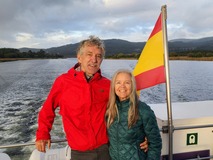
We’re not a travel agency ~ we’re fellow pilgrims! (See About Us)
We've trekked Pilgrimage Routes Across Europe since 2014!
💬 We’ve:
- Gotten lost so you don’t have to. 😉
- Followed waymarks in the glowing sunlight, the pouring rain and by moonlight. ☀️🌧️🌙
- Slept in albergues, hostels & casa rurals. Ate and drank in cafés along the way. 🛌 😴
- Created comprehensive and downloadable GPS maps and eBook Guides, full of must-have information based on real pilgrimage travels. 🧭 🗺️
- Shared our complete journeys, step by step to help YOU plan your ultimate pilgrimage and walk with your own Heart and Soul. 💙✨
Every detail is from our own experiences. Just fellow pilgrims sharing the Way. We have added a touch of spirituality, heartfelt insights and practical guidance from the road ~ offering a genuine connection to the spirit of pilgrimage. Tap into the wisdom of seasoned pilgrims!
Ultreia and Safe Pilgrimage Travels, Caminante! 💫 💚 🤍
How Difficult is the Camino Primitivo?
Don’t let the reputation of this pilgrimage intimidate you - this journey is achievable with preparation and the right mindset. There are indeed many elevation changes, so consider training before this Camino.
Along the high-altitude sections, if the weather is bad, this route can be brutal, with trecherous rain, dense fog or high winds. There is even a possibility of snow in the shoulder seasons and of course, in the winter.
Amazingly, we were so fortunate, our first time through (but not the next ones), to have almost no rain for our entire 15 days on this Original Way! Almost unheard of!
If the weather is bad on your scheduled day to do the famous high-altitude Hospitales Route, do the Pola de Allande Route instead. Or sit a day out somewhere if you don't want to miss this route, (it is indeed special and was my favorite day) however, the Pola route isn't bad at all!
For an in-depth look at the difference between the Hospitales Route and the Pola de Allande Route, click on each individual stage's link.
Below is a photo of the fork in the road near the town of Samblismo on the 5th or 6th stage. This is where you must choose the Hospitales Route or the Pola de Allande Route. If it is foggy and/or rainy or snowing, expers advise avoiding the remote, mountainous Hospitales Route.
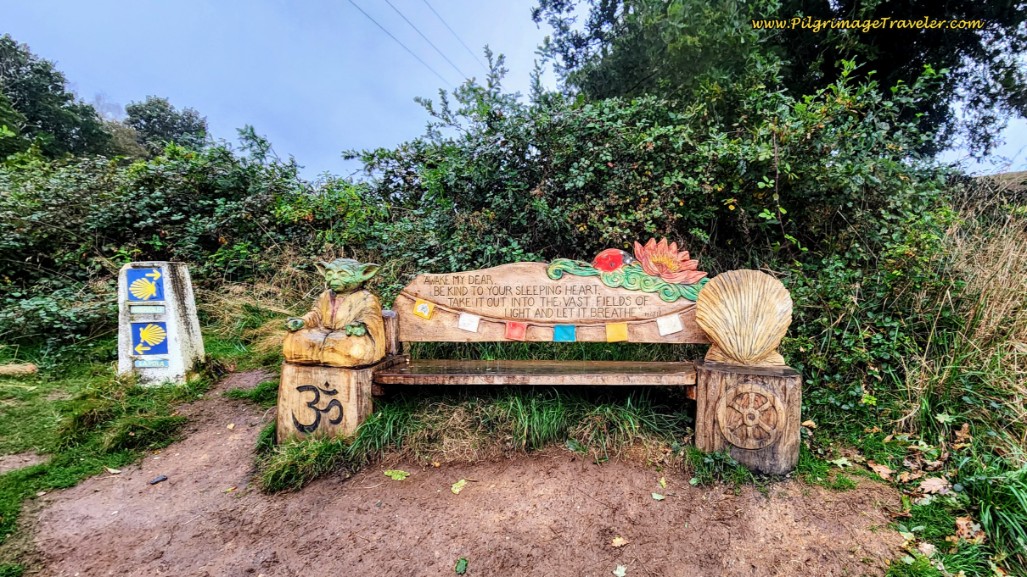 Fork in the Road - Hospitales or Pola?
Fork in the Road - Hospitales or Pola?Regardless of the weather conditions, or the route you choose, it is essential that you always go at your own pace. Keep your eyes open to what may come your way!
Giving it the needed time, the same spirit of community and the same liminal experiences are here - however, it may be you that has to create it!
In fact, a most glorious, extended mountain walk, a Tour de las Cantábricas, so to speak, would be to combine the Camino de San Salvador, from León to Oviedo, a 6-day walk, then do the Primitivo from Oviedo to Santiago de Compostela. Click on the link to explore this fantastic mountain walk.
The Way of the Savior was created as an addition to the Camino Francés, taking a detour north from León to Oviedo to see the famous holy relics in the cathedral there.
How Long is the Camino Primitivo?
According to our GPS tracks, the total mileage for this route is 331 kilometers (205.5 miles), but our official Compostela recorded 342.
Your total kilometers may vary, depending on any alternatives or additions that you choose to walk. On my mileage figures for each stage, below, use them as a guide-only. No two persons footsteps are exactly alike!
How Many Days Does it Take to Walk the Camino Primitivo?
This Camino can comfortably be done in 12-14 days if you can log in about 22-24 km/day. The average stage length is about 25 kilometers. If this is too much, plan for more days.
When is the Best Time to Walk the Camino Primitivo?
The best months to walk, in regards to the weather are in the spring and fall. April and October fall between seasons, often with pleasantly warm days and cooler nights. May and September often see better weather, but they are much busier than April and October.
The best way to predict what type of weather you will have is by going to Weather Spark for past climate averages. Type in your desired city, like Oviedo and others along the Way, to see the averages and what to expect.
Remember, this is northern Spain, and especially when you enter the northwest region of Galicia it can rain a lot! Plus, you are at higher altitudes than most Caminos and the weather is more changeable.
How Busy is the Camino Primitivo?
The Pilgrim's Office in Santiago reports that in 2024, this route was the 5th busiest Camino. However, this translates into a much smaller amount than the top four, the French Way (47% of all pilgrims), the Portuguese Way (21%), the Portugues Coastal (16%) and the English Way (5.6%). Compare these statistics to only 4.9% of total pilgrims seeking a Compostela from the Original Way.
The most popular times to walk this pilgrimage is in the summer months of May through September, with the month of August the busiest by far.
How Much Does the Camino Primitivo Cost?
Some pilgrims on a tight budget are able stay within 20€/day. The highest percentage of pilgrims spend about 40-50€/day. This figure is per person, per day. As inflation becomes a problem, consider that rapid price changes may happen, so maybe create a pad to adjust for that possibility.
As a pilgrim, you can economize by staying in the government-supported municipal albergues (hostels with dormitory beds), only purchasing your food in the supermarkets and cooking for yourself or eating cold foods. I once met a pilgrim who ate nothing but bread and cheese the entire Way!
Often, pilgrim's carry a heating coil to heat hot water to make instant beverages, soups and other instant meals to help economize.
The municipality of Galicia, the Xunta de Galica charges only 10 Euros at this time for a dormitory bed. The government of the region of Asturias is similar.
Most of the municipal albergues have kitchens, but not all have kitchen utensils with which to cook. At a minimum, there are usually microwaves. Most private albergues have cooking capabilities, but they can cost about 15-20€ or more depending on their location and the season.
Jump to Camino Primitivo Stages
Is the Camino Primitivo Safe to Walk Alone?
The answer to this question is extremely individual and depends on your own comfort level. It is always possible that your safety can be compromised anywhere you travel in the world, therefore, we will not even take this into consideration.
However, you might ask yourself these more specific route questions:
- Am I comfortable and experienced walking in the mountains alone?
- Do I have sufficient hiking skills to walk the distances and elevation changes without getting too exhausted or stranded? If this is your first long-distance pilgrimage, it is different than if you are an experienced pilgrim. You must know your limits.
- Have I got the proper gear to survive if I get lost? Having a GPS device, GPS tracks and communication devices are useful if you are walking alone. Remember that cellular devices may or may not work.
- Would I know what to do if I am greeted by a stranger who seems excessively forward? Females, this is a problem, more so than with men.
- Is the Spanish Alert Cops app loaded onto to my phone if I do get into trouble? Search your app store for this extremely useful tool.
- Am I able to carry sufficient water/food/survival essentials if I am stranded?
All these questions and perhaps more should be considered very carefully before you make the decision to walk this more remote Camino alone.
I, as a 60+ year old female, of slighter build, but still having the necessary hiking skills, would never consider doing this Camino alone. There is just too much that can go wrong. Not to mention that Rich, my husband would be strongly opposed to me doing it alone.
However, it is certainly possible to buddy up with someone, especially in the more remote sections, or have someone look out for you, if you let them know your walking plans. There are women who walk alone all the time. You need to know yourself and your abilities when you make this decision!
What is the Best Packing List for the Original Way?
This question comes up so often that here is my suggested packing list for you! Not every item is essential depending on your specific needs, but it is a great beginning!
Remember that the Original Way is mountainous and at a higher altitude, so make sure you have sufficiently warm clothes for the time of year you are walking. The weather can be bitterly cold or it may even snow at altitude in the spring or autumn.
A rainstorm, at altitude, that comes in during the months of April and October (and maybe other months as well) can be quite chilly. Add the wind and your walk could be miserable without appropriate gear.
Few pilgrims walk this Camino in the winter, as the high passes may be snow-covered or closed. Only die-hard outdoors people brave this one in winter.
👣 Camino Primitivo EBook: Offline Guide with Bonus Routes
Walk smarter with our ad-free, beautifully formatted Camino Primitivo eBook Guide, perfect for offline use. Includes daily stage details, stunning photos, and bonus routes to the one-of-a-kind Santa Eulalia de Bóveda temple, Montouto’s ancient neolithic stones, and a weather-safe alternative to the Hospitales Route via the Río Nisón detour. Our eBook Guide is unique because it's our personal journey, told with heart.
📲 Instant download. 💸 Money-back guarantee. 🔄 Free updates for 1 year.
👉 Click here for more info OR BUY NOW to begin your adventure today!
Jump to Camino Primitivo Stages
🌍 Interactive Google Map of the Camino Primitivo
Below is the interactive map I created with my GPS files, which I have uploaded to Google Maps. As a bonus, just for you, I have added features to the map, including accommodations, eateries, water fountains, churches and more, that are pertinent for pilgrims. Just click on a feature to see more information, and for direct links to accommodations, etc.
Use the fully interactive map below, to explore the route. It is like a maps-only guide to the Camino! You can open and retain this map on any personal device, by clicking on my Google sharing link: Google Camino Primitivo map.
Follow the step-by-step tips in the green box below to get the most from the map, whether you're navigating in real time or preparing your stages in advance.
Here is an elevation profile of the entire route, courtesy of GPS Visualizer, which clearly shows the dramatic elevation changes. These changes are mostly in the first 250 kilometers of the pilgrimage. After that, it levels out significantly!
 Camino Primitivo Entire Route Elevation Profile
Camino Primitivo Entire Route Elevation Profile🌍 Map Like a Pro: Step-by-Step Guide to Using My Interactive Maps*
On a Laptop:
- Initial View: Click "View larger map" (upper-right).
- Re-access: Go to maps.google.com → "Saved" icon (left taskbar) → "Maps" (far right).
On a Mobile Device (Google Maps App - Recommended):
- Initial View: Tap "View larger map" (upper-right). May open in app or browser. Tap "Save" if your browser asks.
- Re-access: Open app → "You" or "Saved" (bottom taskbar) → scroll down → "Maps" (lower right).
On a Mobile Device (Browser):
- Initial View: Tap "View larger map" (upper-right). May open in app or browser. Tap "Save" if your browser asks.
- Re-access: Go to maps.google.com → dropdown under "Google Maps" → "My Maps."
💡 PRO TIP: Using My Interactive Google Map for GPS Navigation
- Jump to this page for downloading instructions.
- Jump to this page for uploading instructions.
*Note that my maps are not offline maps, but you will need to have a data plan for full functionality. However, you can use them offline. For instructions on how to do that, please click here.
Staying Connected with an eSIM:
If your wish is to stay connected and your mobile device supports eSIMs, it’s the easiest way to go. No need to swap physical SIM cards—you just activate a virtual one on your phone. eSIMs let you buy data plans online, so you're connected the moment you arrive. It is so simple!
Why I Recommend Roamless:
I personally use Roamless for its pay-as-you-go model and seamless global coverage. The inexpensive data never expires, making it perfect for long or multi-country trips. Activate it only once and never have to swap physical cards or eSIMs ever again, even when traveling to multiple countries across multiple dates. Find out more by clicking here and be an informed pilgrimage traveler!
Getting to the Original Way: Madrid to Oviedo
Our journey on The Original Way began with our train ride from Madrid to Oviedo. We found this to be the most economical way for us to travel. It was a four hour ride, after a long overnight flight from Denver, on a fast, modern and comfortable train, filled with conveniences.
We found the ride to be alluring, especially as we entered the northern mountains. We even managed to catch a few more winks in the early hours of the ride.
You can book your own journey on Renfe online, prior to your trip. There are advantages to doing so. The first is that your seat is assured. The second is that your transfer on the Cercanías line from the T4 terminal at Barajas airport to the Chamartín Train Station is free.
When you buy your Renfe ticket from Madrid to Oviedo, the Cercanías Route is included in the cost of the ticket. Look at the top of your ticket after you purchase it, and it will say “CombinadoCercanías,” or a Combination of two tickets: T4 to Chamartín via the Cercanías and the trip from Chamartín to Oviedo. You must complete the two travel legs within a four-hour window.

To get to the Cercanías line in T4, follow signs in the airport to the metro on the lowest level. Look for the specific logo, shown here, the red circle with the white "C" inside.
If you are flying into either T1 or T2, you can take a free airport shuttle bus to T4. They run frequently and it takes about 15 minutes to travel between them.
There are several trains per day from Madrid to Oviedo on the weekday, (fewer on weekends), leaving from the Chamartín Station which is only about 15 minutes from the Madrid-Barajas airport.
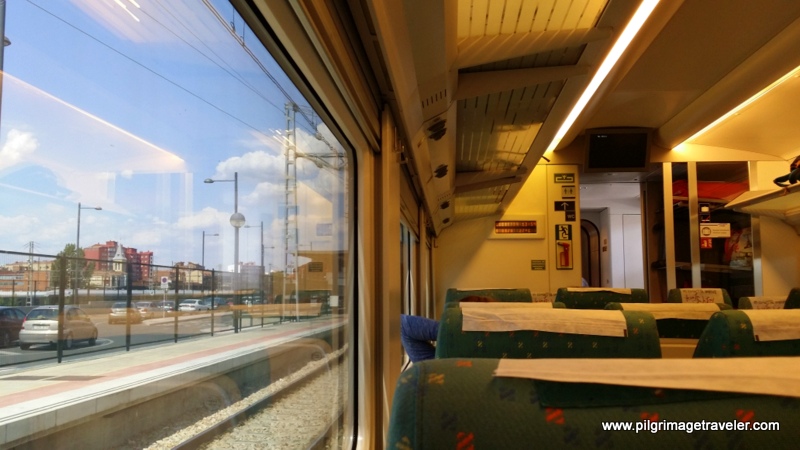 The Renfe Train from Madrid to Oviedo
The Renfe Train from Madrid to OviedoUpon arriving in Oviedo, we were able to walk to our budget Hostal Romero, only about 10 minutes walk from the train station. I had purposely chosen a hotel as close to the station as I could, so we could spend that afternoon seeing the sights of Oviedo, and mapping our course for the morning.
There are a lot more accommodations in Oviedo, including the giant, parochial Albergue de Peregrinos El Salvador de Oviedo, in the monastery south of the cathedral. Click on the link, for more information and a walking map to the albergue.
Oviedo offers a private albergue, La Hospedería Oviedo, but since it is only a few steps from the cathedral in the dead center of town, expect to pay more for a dormitory bed. Another private Albergue Turistico La Peregrina is on the famous Gascona Street, in the middle of all the bar action, also steps from the cathedral.
Click here to see your options if you prefer reservations or accommodations other than the albergues. We have also stayed in the Hotel Astures and the Sidrería Restaurante Hotel El Ovetense. I can recommend both of them as economical, clean and comfortable.
Jump to Camino Primitivo Stages
The History of the Original Way
While one would like to translate the Camino Primitivo to the similar-sounding, "The Primitive Way," the more common English version of this Camino is "The Original Way." It gets this English name from the belief that the first pilgrimage route to Santiago was established here.
King Alfonso II (also known as The Chaste), the king of Asturias, Spain up until 842 CE, fought back the Moors and kept the region on the map. He did a lot to maintain the national identity of Asturias by building the new capital city of Oviedo, in a strategic place in the mountains.
It was during Alfonso's reign that the remains of St. James in Galicia was discovered. Inspired by the significance of this discovery, the king himself traveled to Galicia to help the Catholic church determine the authenticity of the find.
When the discovery was confirmed to be St. James, King Alfonso II ordered the building of the original basilica in Santiago to store the apostle's remains.
Alfonso II then established the first pilgrimage route, from Oviedo to Santiago de Compostela, hence "The Original Way." He also became known as the protector of this Camino, when he ordered castles to be built along the way and commissioned knights to protect the pilgrimage.
In 840, Alfonso II was also able to secure the famous Shroud of Oviedo, another great attraction for the Christian, medieval pilgrim. This Shroud is believed to have covered the face of Jesus at his burial.
The Shroud is currently housed in the "Cámara Santa"or Holy Chamber on the upper level of the Cathedral of San Salvador.
The Original Way remains steeped in medieval pilgrimage history, more perhaps, than the other Caminos. This is what drew me to this Camino, as well as its known physical challenges and its less-traveled appeal (although that is now rapidly changing). I am not sure which drew me in more deeply initially.
Centuries later, we set out to walk the same path. Below is my husband, Rich and I, the pilgrimage travelers at sunrise just outside of Berducedo, deep into the heart of the mountains.
We always liked to start out at sunrise in the morning, as the day was fresh and new. I would "receive" more photo opportunities and feel the Spirit of the Camino, more deeply in these hours when the veil was thin.
Where Does the Camino Primitivo Start?
The official starting point of the Camino Primitivo: while it is correct to say that the Cathedral of Oviedo is the official starting point, the actual beginning is right by it. To the west of the cathedral and directly across from the statue of Alfonso II, there are both a signpost and a plaque marking the beginning of the route.
The sign post is on a lamppost and the plaque that marks the official beginning is just below it on the pavement.
The signpost directs the pilgrim to either the Coastal Route or the Primitivo Route.
I found it fascinating that the "official" sign in Oviedo calls the Original Way the Primitive Route! The officials chose the literal translation, I suppose.
Below is a lovely close-up of the plaque. A rough translation of its inscription is as follows: "Camino de Santiago, beginning in the ninth century. From the Basilica of The Savior, begins the Asturian King Alfonso II, the Chaste, the first of the pilgrimages to Compostela, to venerate St. James the Greater and established there in his honor the first Basilica. (2010, 'Jubilee' or Holy Year of Compostela)"
Jump to Camino Primitivo Stages
Camino Community & Pilgrim Bonds
I love the quote at the beginning of the article, as it so readily describes the relationships that you form along the Camino. For most pilgrims, the connections that you make are a vital part of the Camino experience.
Below is a photo of my "Camino Family," taken in Lugo, a large town along the route. Lugo is after about 2/3 of the Way, so our relationships were strong by this time.
Camino Primitivo Physical Demands: What to Expect
Even though my husband and I are fit and accustomed to hiking in the mountains of Colorado, we found that we had some major adjustments on this one.
It took about 3-5 days for our shins to adjust to the frequent pavement walking that we found we had to negotiate. I was wearing knee supports, but found that in the first days of more pavement walking than the later days, it was my shins that throbbed.
Rich also suffered from shin splints, and in fact, he wore his knee supports on his shins instead! I have several photos of him with his shin supports and he looked like he was wearing some kind of funky compression hose!
Starting in Oviedo is a treat, as this town has some of the most ancient churches in Europe. While we had to squeeze our visit to Oviedo into one afternoon, we did visit the Naranco sites the first morning.
We shortened our first stage, because we added 6.2 kilometers to the days walk that included these UNESCO World Heritage sites.
My only regret is that we did not spend another day in Oviedo. It is a wonderful town. Plan your own Camino accordingly.
Jump to Camino Primitivo Stages
Get Your Credential
If you haven't already obtained your credential (pilgrim's passport) prior to your trip, from your country's Camino de Santiago organization, you can get one in three places in Oviedo:
- A credential is available from the Astur Leonesa Association at the Albergue El Salvador, Calle Adolfo Posada, No. 3 . Tel: 985 22 85 25.
- One is also available at the Cathedral of San Salvador in Oviedo. When buying it at the cathedral, make sure you click here for the official visiting hours. The hours are greatly reduced in the wintertime, and the cathedral is always closed on Sundays.
- And finally, at the Tourist’s office, a few steps from the Cathedral, by the town hall, at the Plaza de la Constitución nº 4.
First Steps on the Original Way
Our first official steps on the route were through the town of Oviedo. The way is marked with these lovely bronze shells on the pavement.
Dozens of pilgrims describe difficulty in finding the way through Oviedo. We found that you just had to pay close attention to the sidewalk. At every intersection there is a bronze shell to guide and tell you whether you must go straight on or change direction, as shown in the photo above. This photo was taken along the Calle Schultz, just after the Cathedral.
Please notice that you must walk toward the direction of the center of the rays of the shell! In the picture above, you are walking toward the top of the photo.
The rest of the route is well way-marked, but again, you must pay attention, to keep from getting lost.
Below is a symbol that we saw frequently on the Original Way. I translated this infinity symbol to mean, don't stop walking! One enters infinity through the left, traces the circles and comes out through the right, with an arrow - don't stop walking!
👣 Camino Primitivo EBook Guide
Don’t just walk the Camino ~ experience it with intention.
Our Camino Primitivo eBook Guide gives you everything you need:
✔️ up-to-date route details and daily stage breakdowns
✔️ clear, GPS-ready maps and elevation profiles
✔️ spiritual reflections to deepen your journey
✔️ handpicked accommodations and local wisdom
✔️stories and photos from our personal pilgrimage
All from fellow pilgrims who’ve walked every step. 📲 Instant download. 💸 Money-back guarantee. 🔄 Free updates for 1 year.
👉 BUY NOW and walk your Camino with heart, soul ~ and the best guide on your device.
The Road Less Traveled?
If one chooses to use the translation as The Primitive Way, you will find that this Camino is aptly named. This Camino is one of the less traveled because of its difficulty. It has much less infrastructure, and if you read on, you will see that there are quite long stretches without much of anything! However, this is changing as even this Original Way becomes more popular.
The closer we got to Santiago, especially after Lugo (the final 100 kilometers) and where the trail merges with the Camino Francés in Melide, the more pilgrims you will see.
For now, the Camino Primitivo is relatively wild and free, and most enjoyable! This is the Camino for you, if you seek this kind of experience, with history, and a challenge.
You will encounter little spoken English, so please plan your trip accordingly. If you click on the link, I provide useful suggestions to help you enjoy your trip as much as possible.
May you have a most wonderful walk to Santiago. May you always be a pilgrimage traveler, who is transformed both inside and out!
What will you discover about yourself on the Camino Primitivo? Will this be your Camino of transformation?
The Camino Primitivo Stages
Please Consider Showing Your Support
Many readers contact me, Elle, to thank me for all the time and care that I have spent creating this informative website. If you have been truly blessed by my efforts, have not purchased an eBook, yet wish to contribute, I am exeedingly grateful. Thank you!
Search This Website:
🙋♀️ Why Trust Us at the Pilgrimage Traveler?

We’re not a travel agency ~ we’re fellow pilgrims! (See About Us)
We've trekked Pilgrimage Routes Across Europe since 2014!
💬 We’ve:
- Gotten lost so you don’t have to. 😉
- Followed waymarks in the glowing sunlight, the pouring rain and by moonlight. ☀️🌧️🌙
- Slept in albergues, hostels & casa rurals. Ate and drank in cafés along the way. 🛌 😴
- Created comprehensive and downloadable GPS maps and eBook Guides, full of must-have information based on real pilgrimage travels. 🧭 🗺️
- Shared our complete journeys, step by step to help YOU plan your ultimate pilgrimage and walk with your own Heart and Soul. 💙✨
Every detail is from our own experiences. Just fellow pilgrims sharing the Way. We have added a touch of spirituality, heartfelt insights and practical guidance from the road ~ offering a genuine connection to the spirit of pilgrimage. Tap into the wisdom of seasoned pilgrims!
Ultreia and Safe Pilgrimage Travels, Caminante! 💫 💚 🤍
Follow Me on Pinterest:
Find the Pilgrimage Traveler on Facebook:
Like / Share this page on Facebook:
***All Banners, Amazon, Roamless and Booking.com links on this website are affiliate links. As an Amazon associate and a Booking.com associate, the Pilgrimage Traveler website will earn from qualifying purchases when you click on these links, at no cost to you. We sincerely thank you as this is a pilgrim-supported website***
PS: Our eBook Guide books are of our own creation and we appreciate your purchase of those too!!
Shroud Yourself in Mystery, along the Via de Francesco!
Walk in the Footsteps of St. Francis, and Connect Deeply to the Saint and to Nature in the Marvelous Italian Countryside!
Need suggestions on what to pack for your next pilgrimage? Click Here or on the photo below!
Find the Best Hotel Deals Using This Tool!
Carbon Trekking Poles ~ My Favorites!
Carbon fiber construction (not aluminum) in a trekking pole makes them ultra lightweight. We like the Z-Pole style from Black Diamond so we can hide our poles in our pack from potential thieves before getting to our albergue! There are many to choose from! (See more of our gear recommendations! )
Gregory BackPack ~ My Favorite Brand
Do not forget your quick-dry microfiber towel!
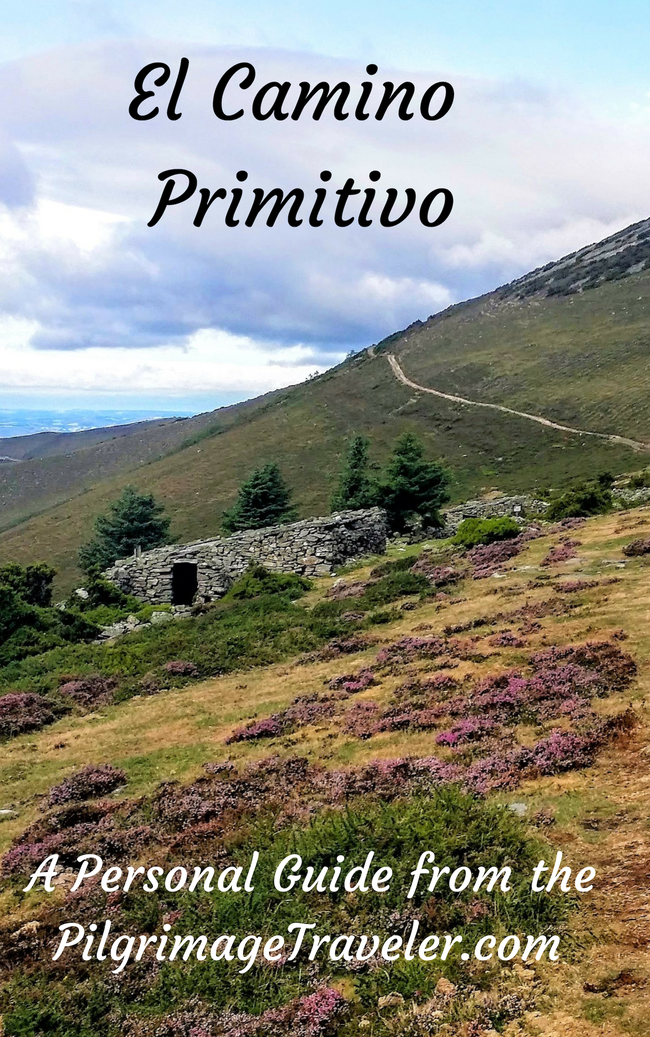
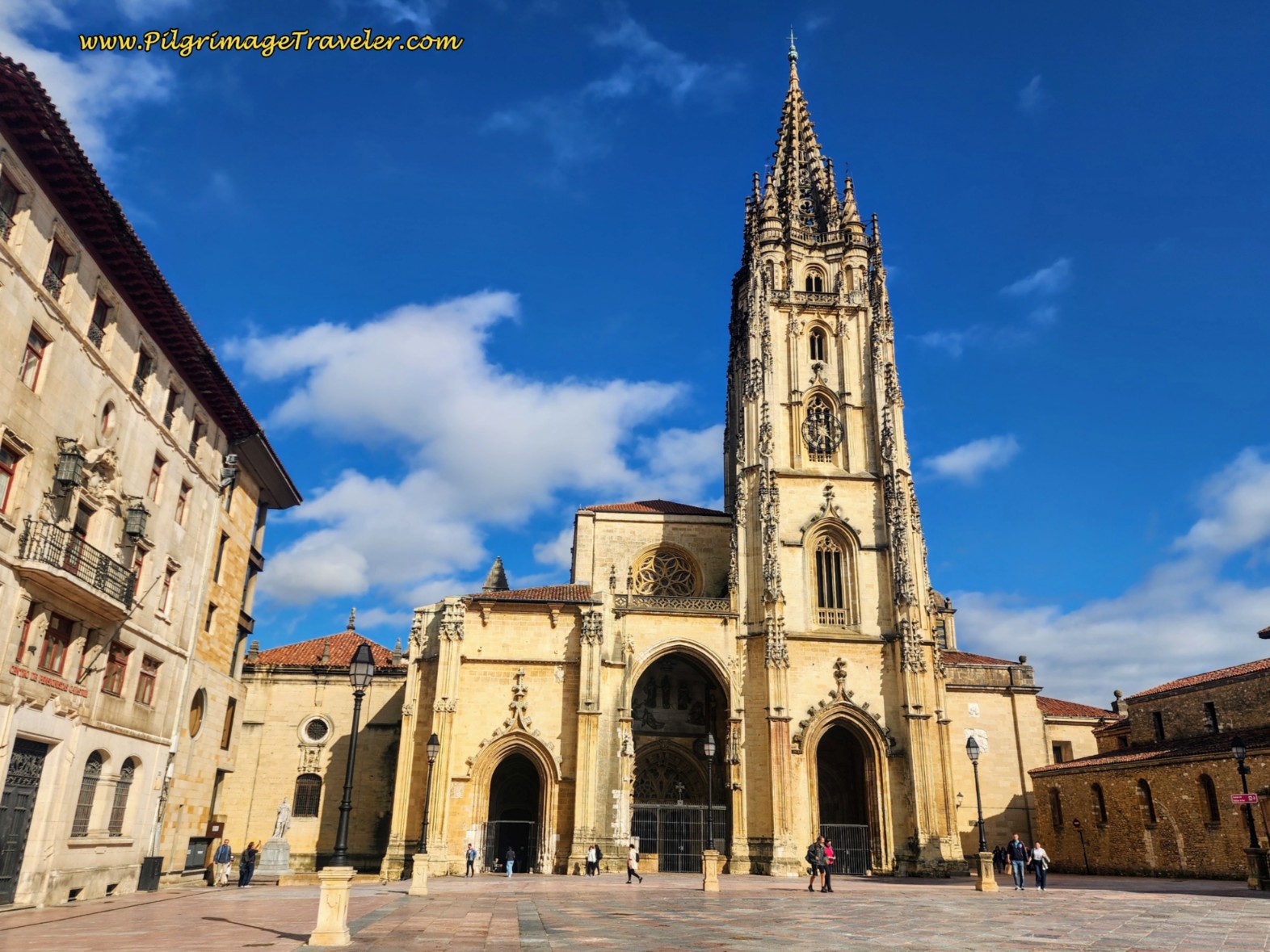
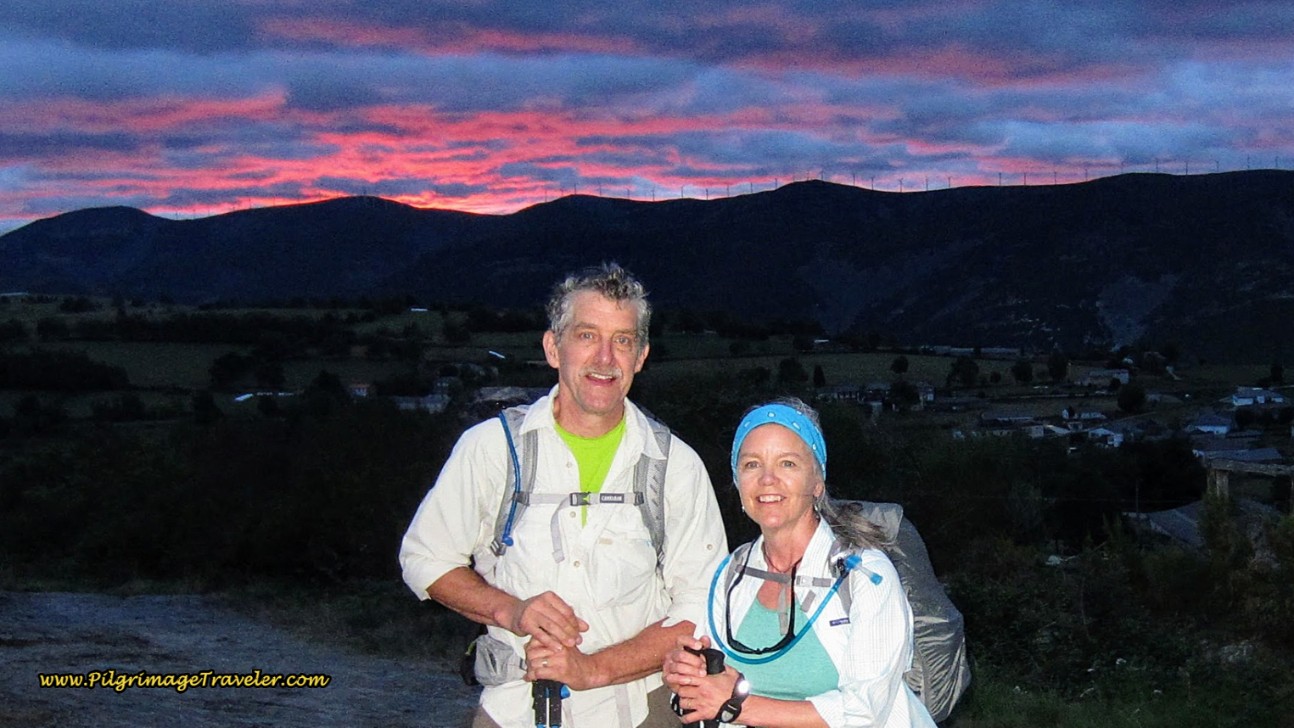
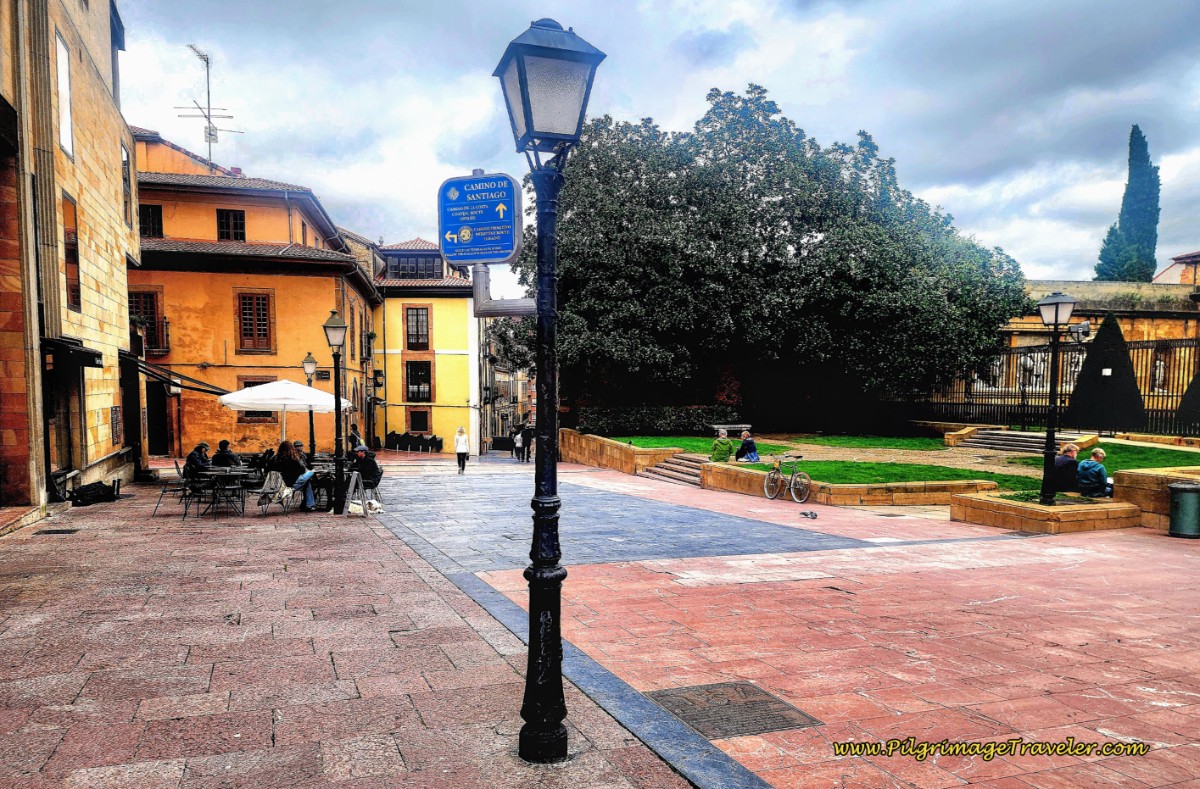

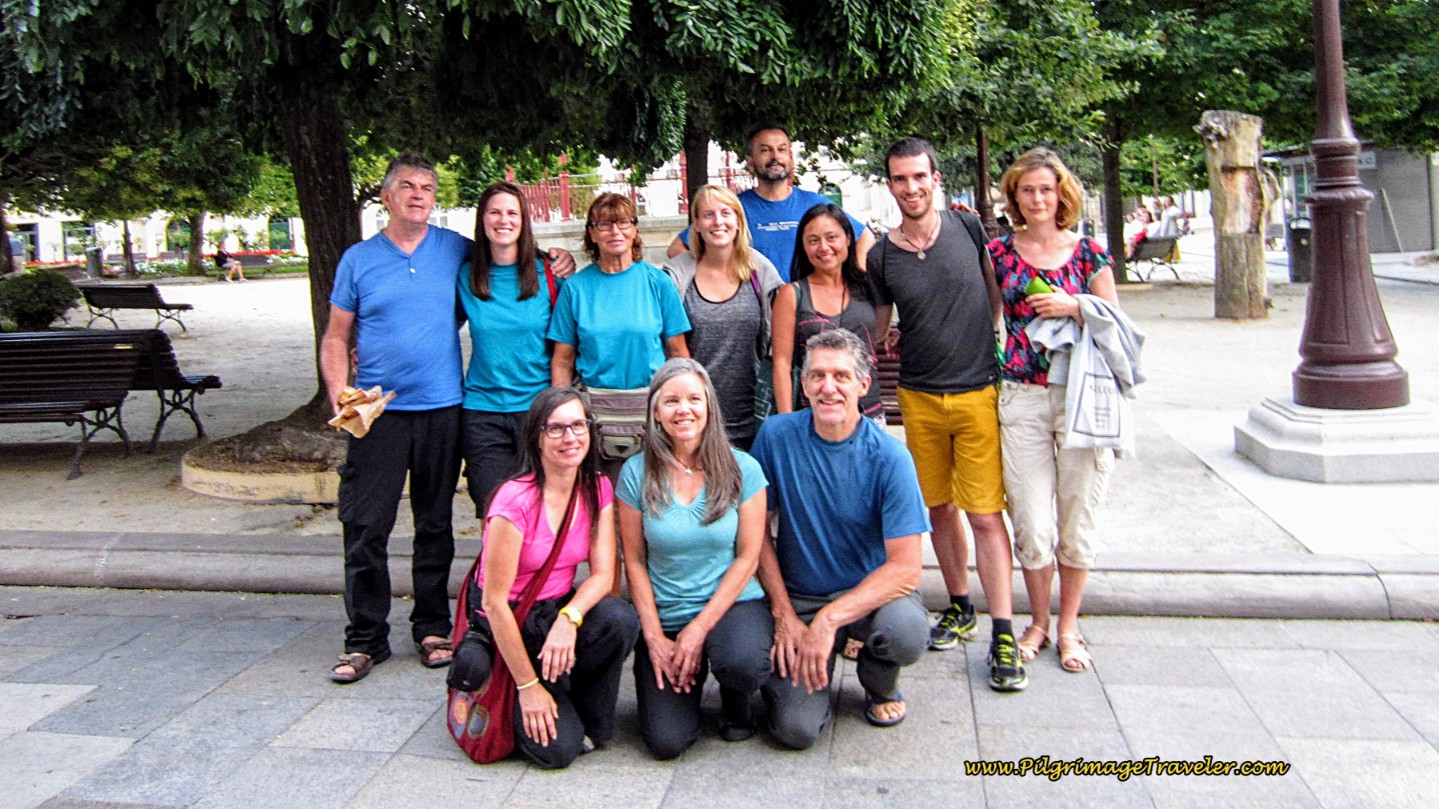

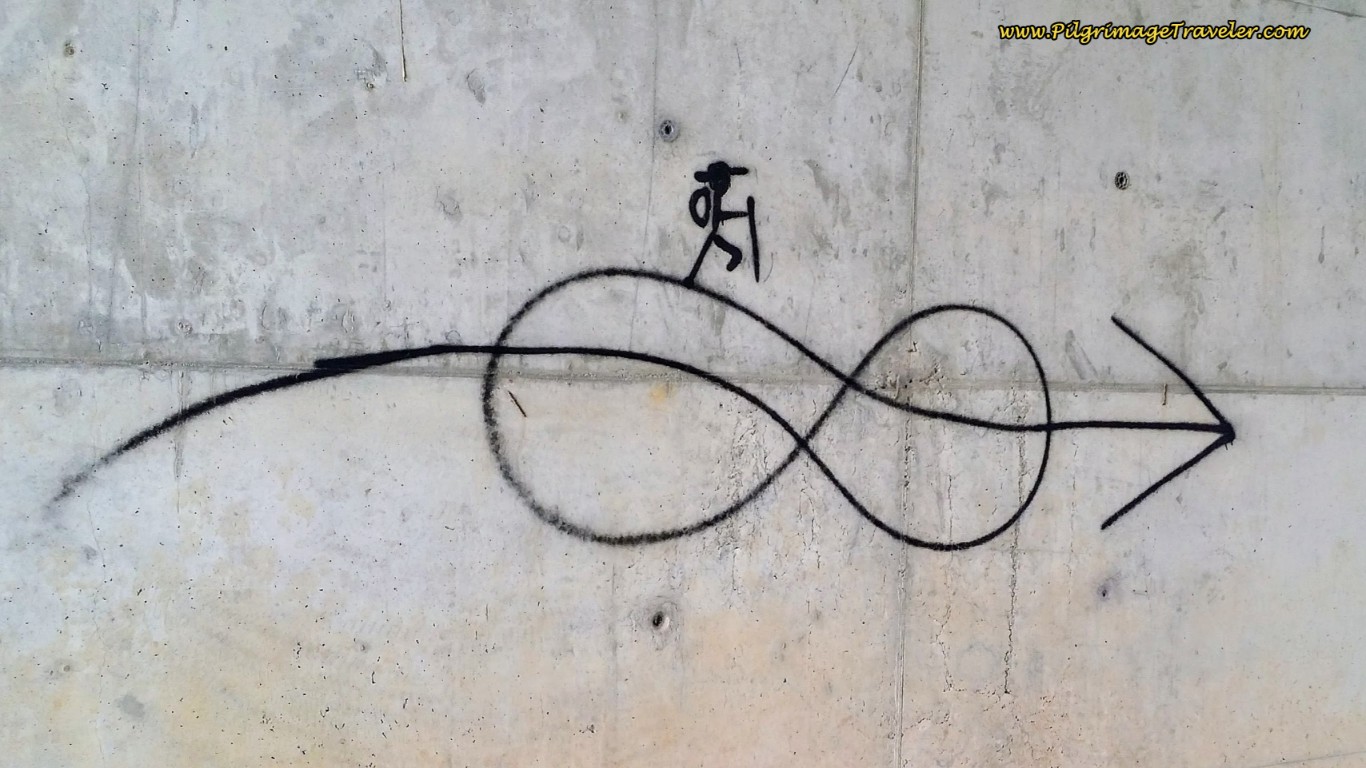
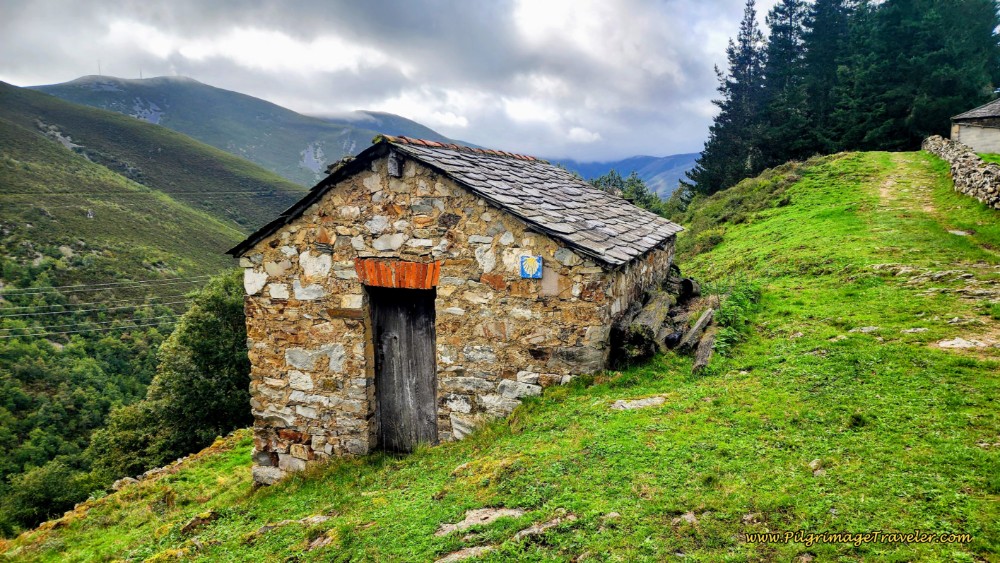
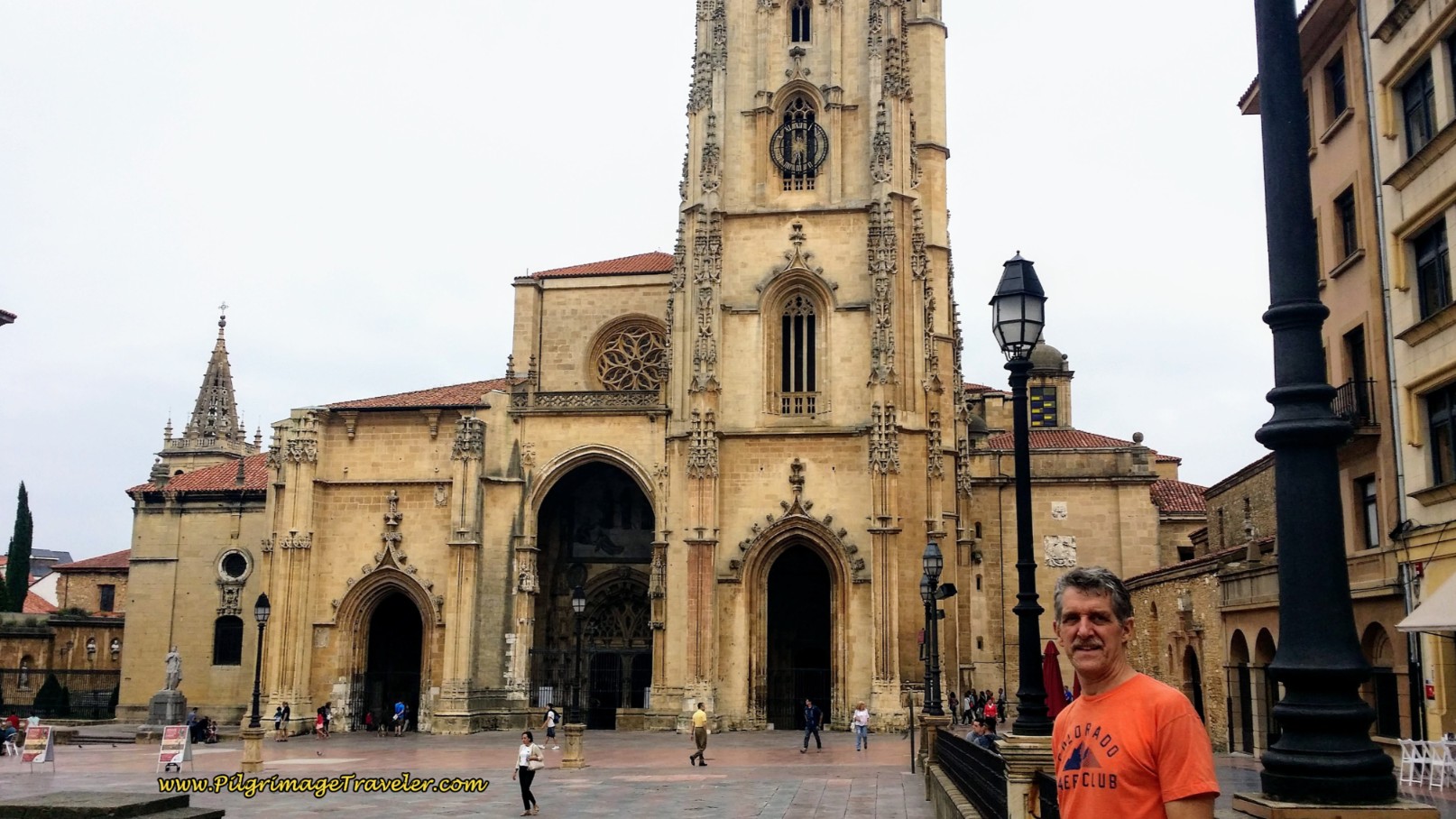
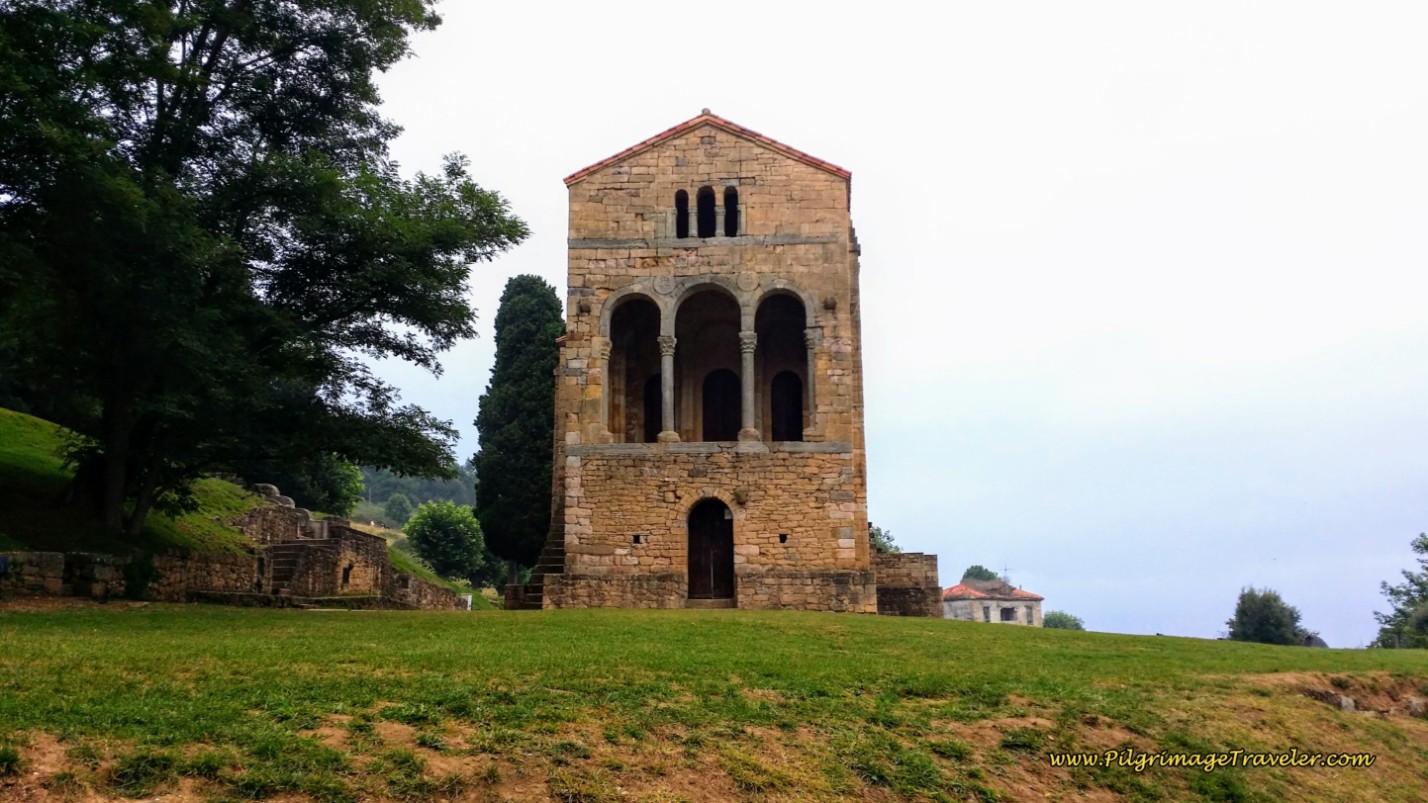
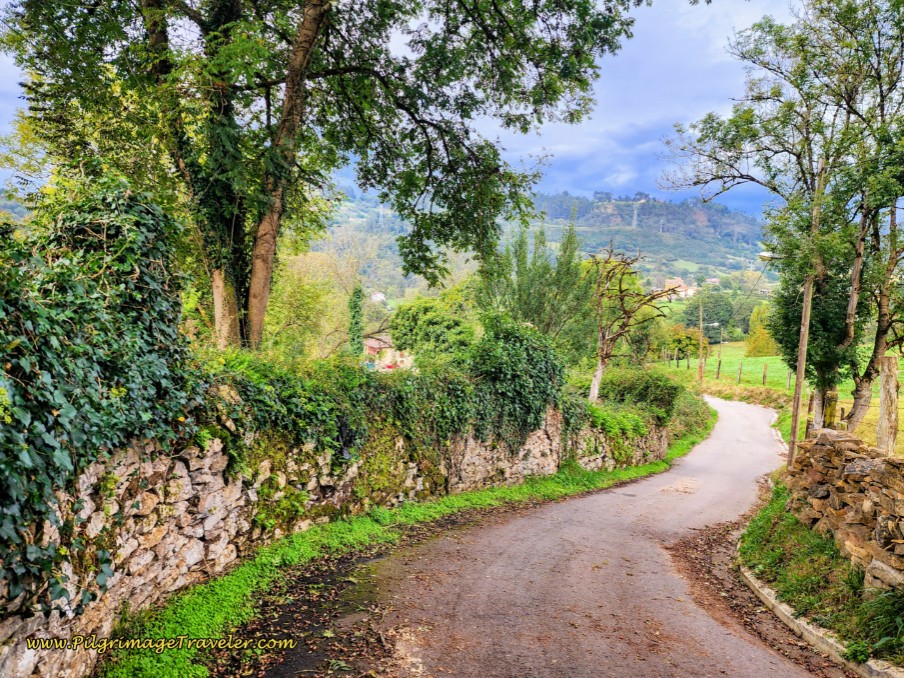
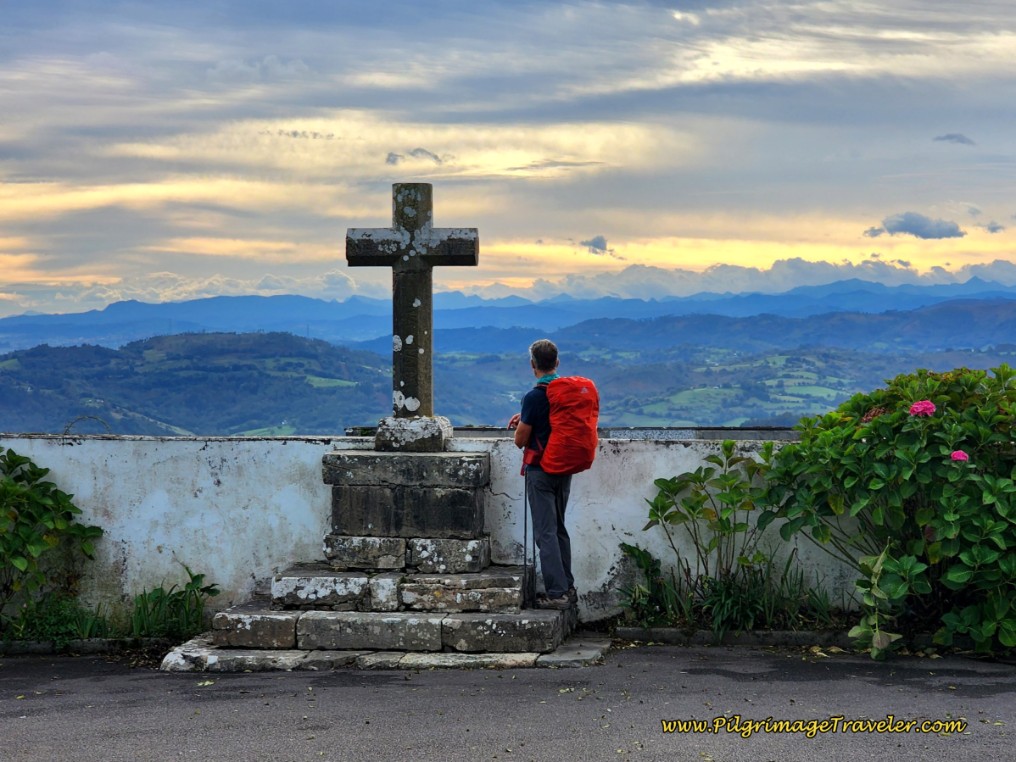
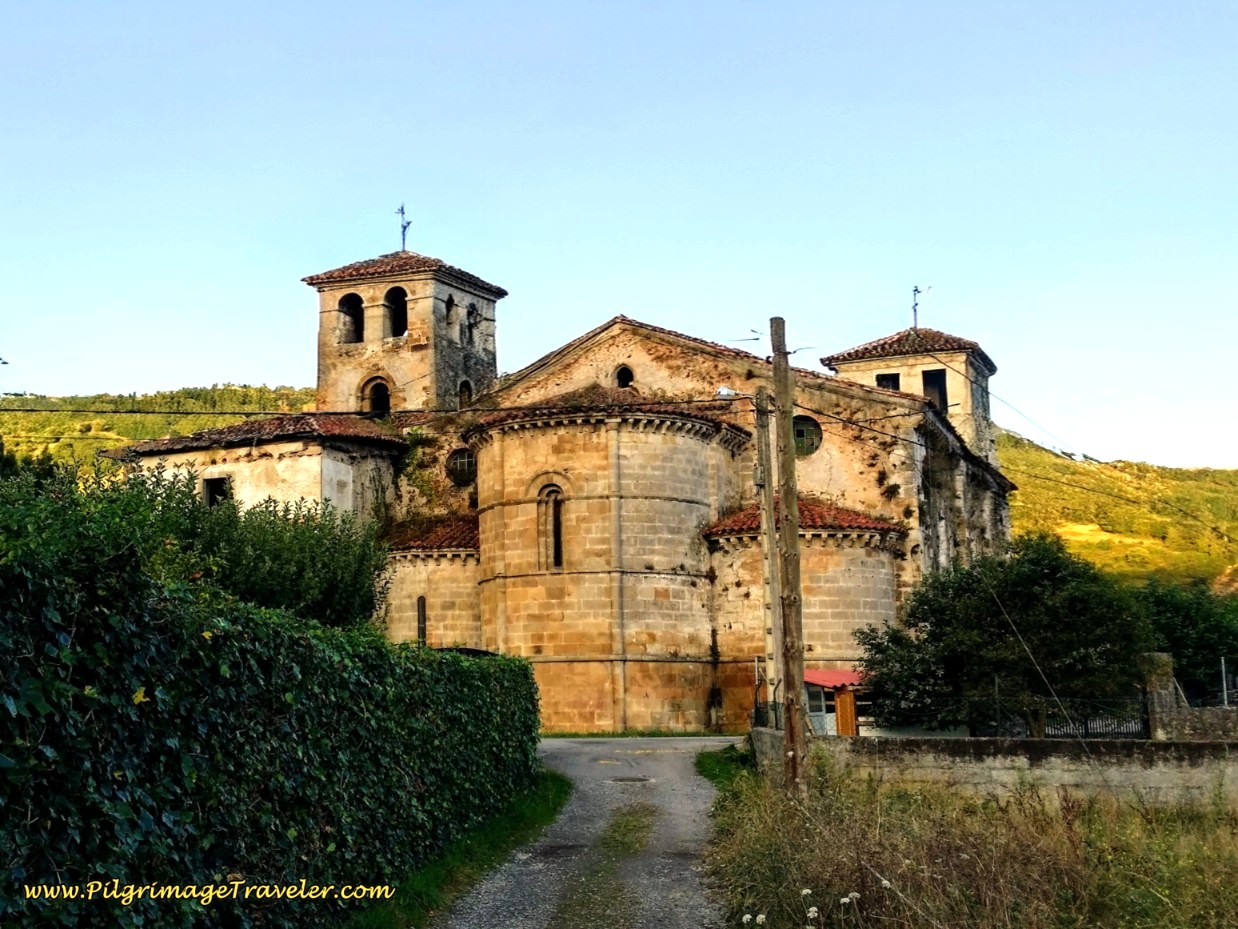
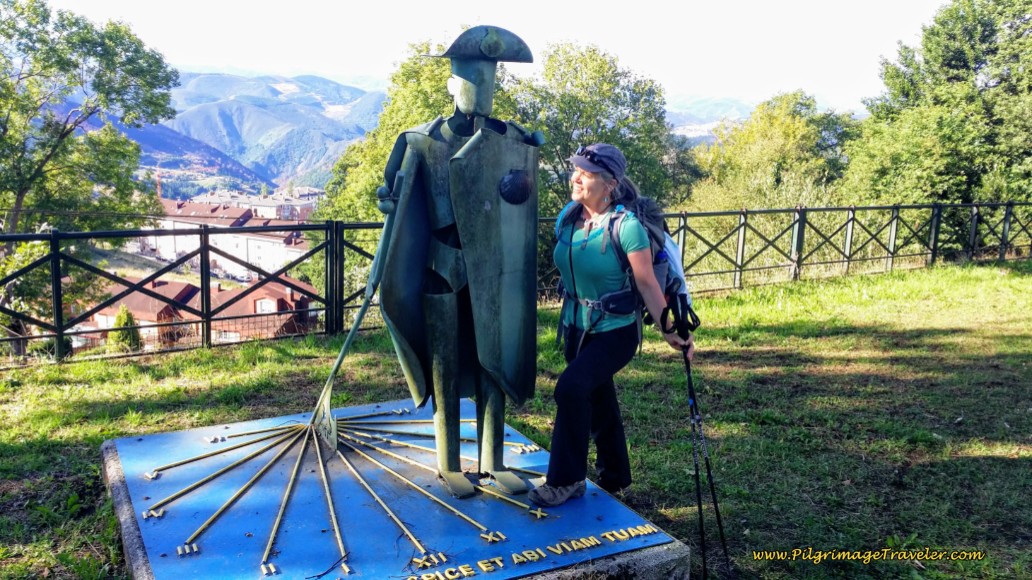
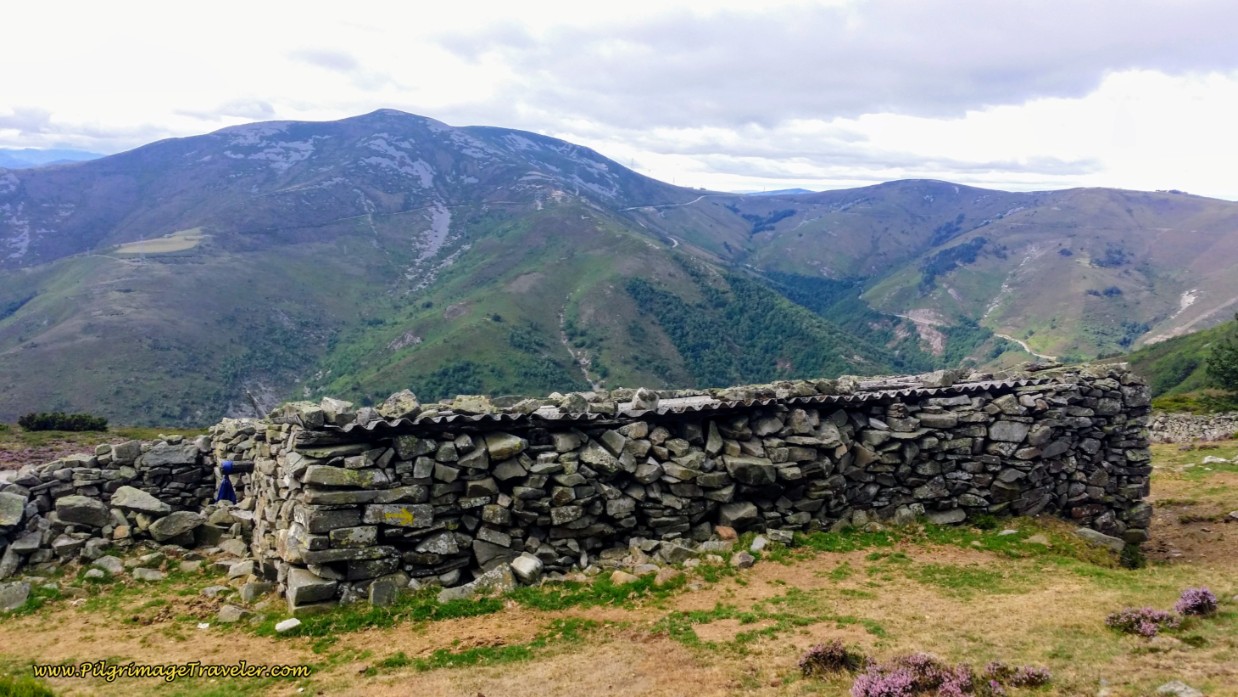

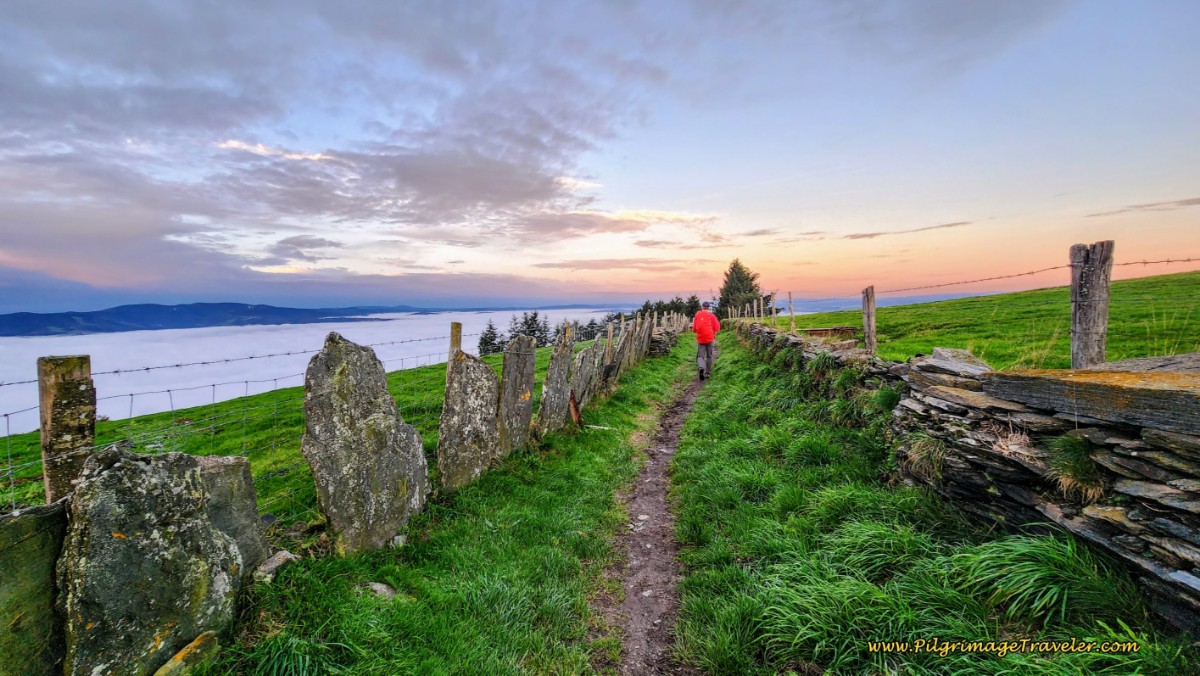
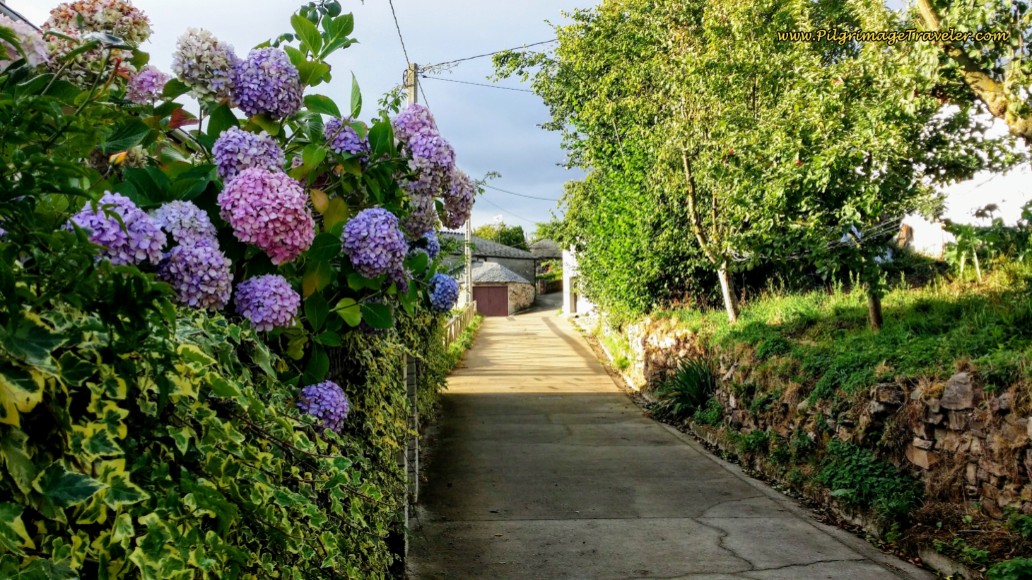
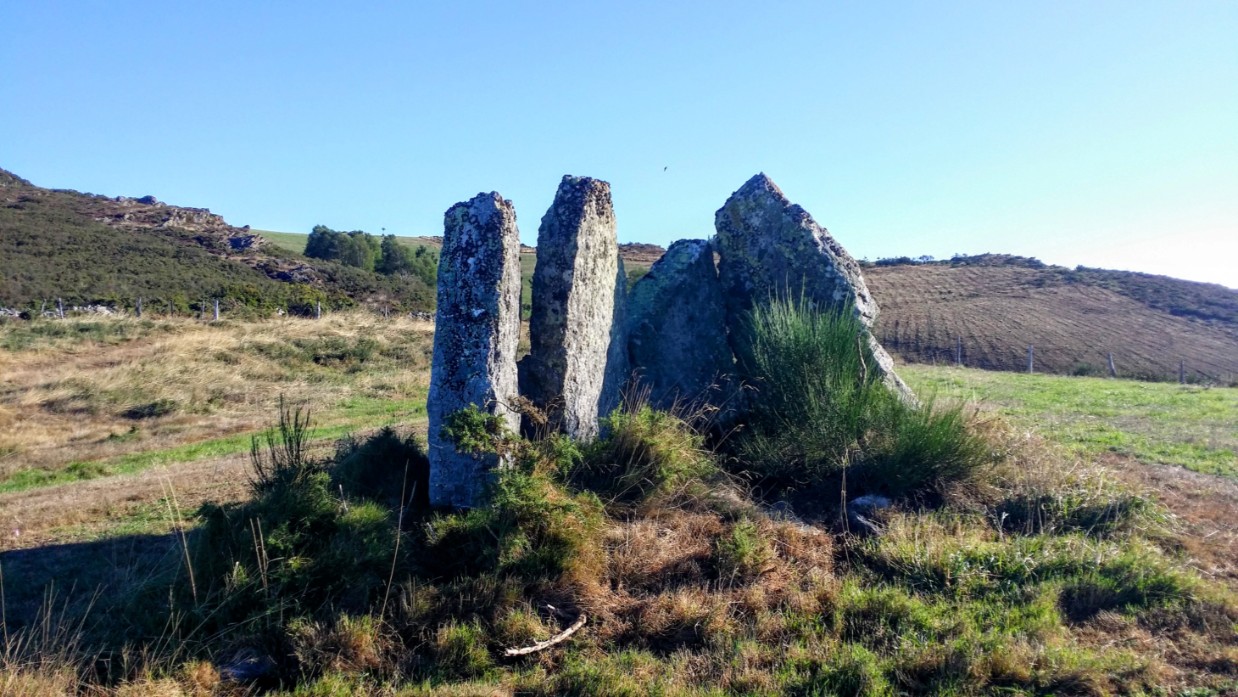
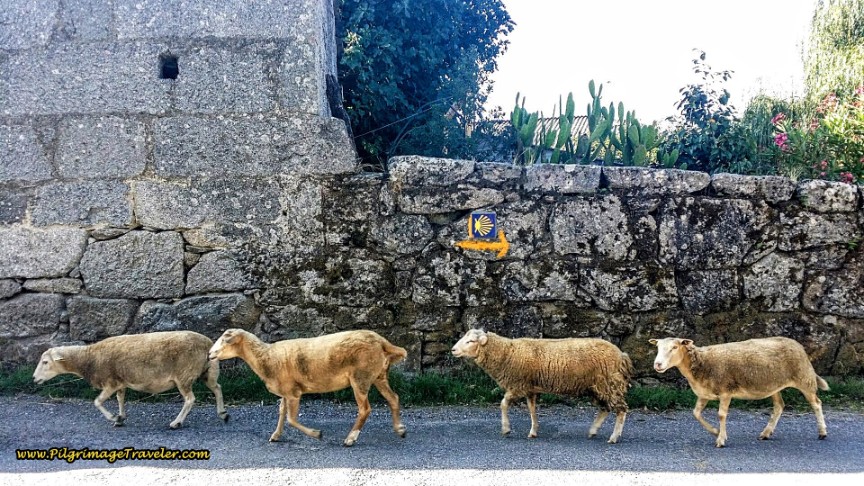

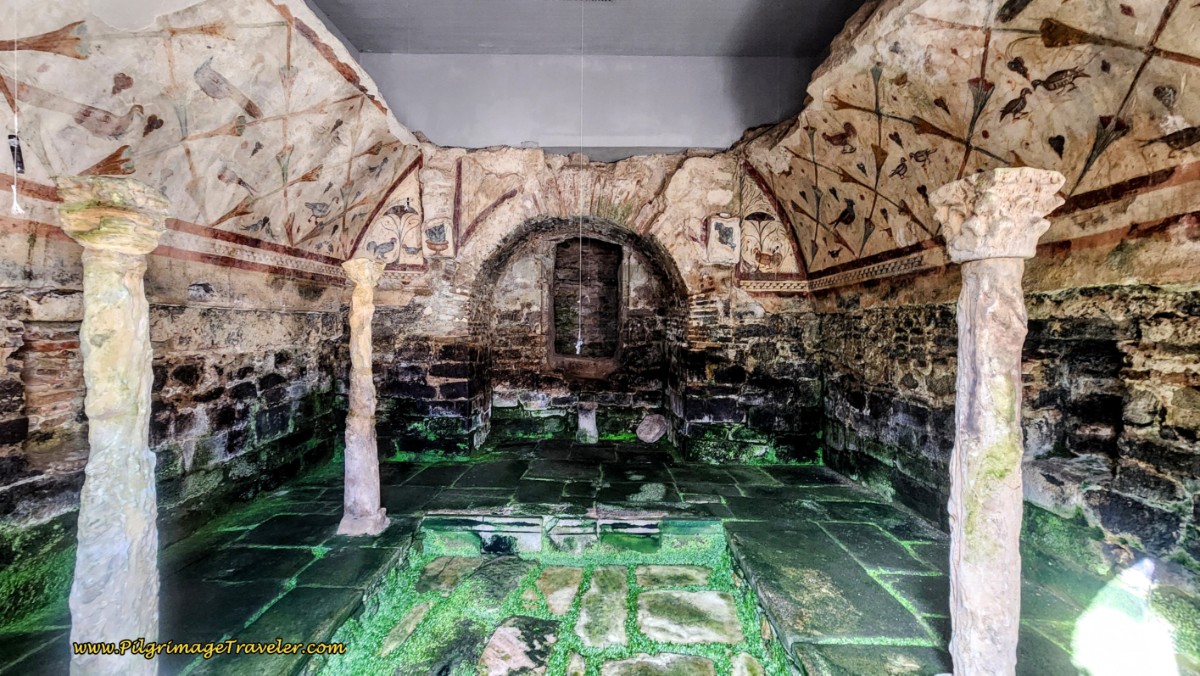
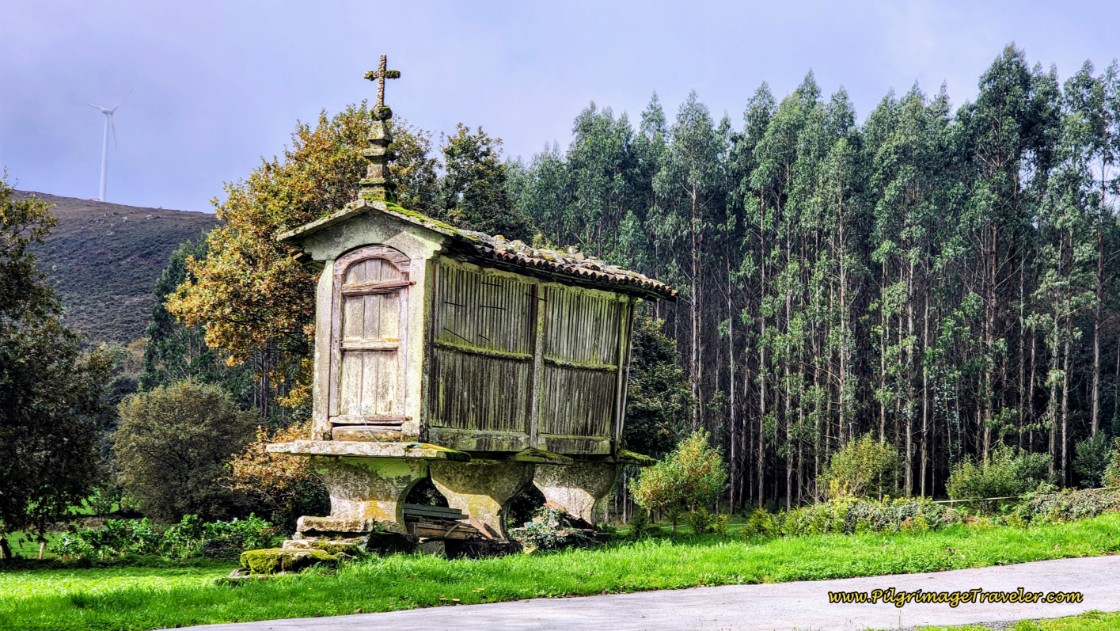
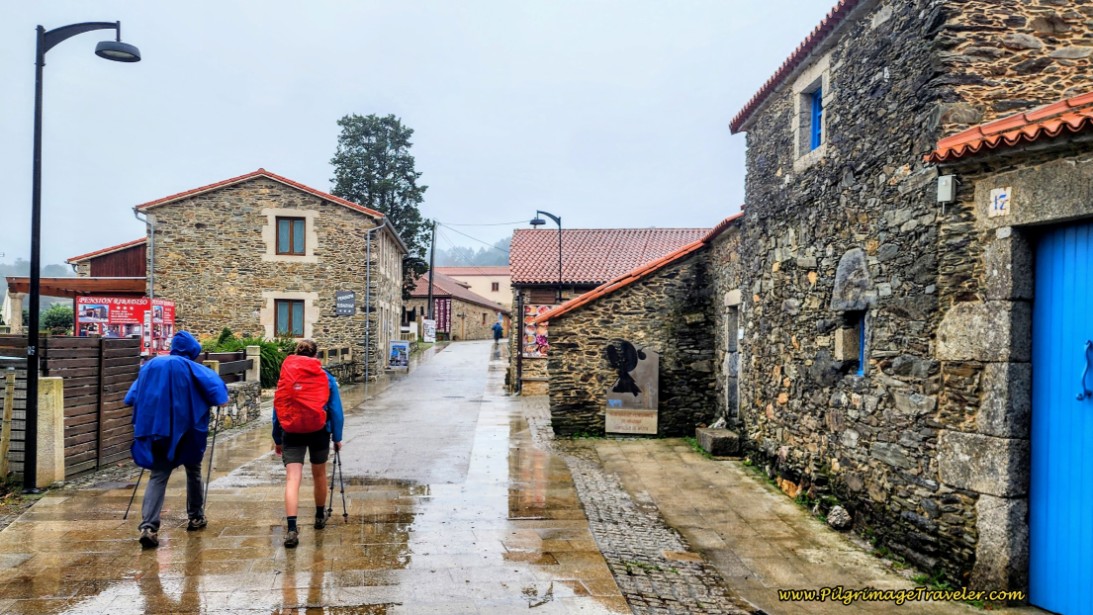
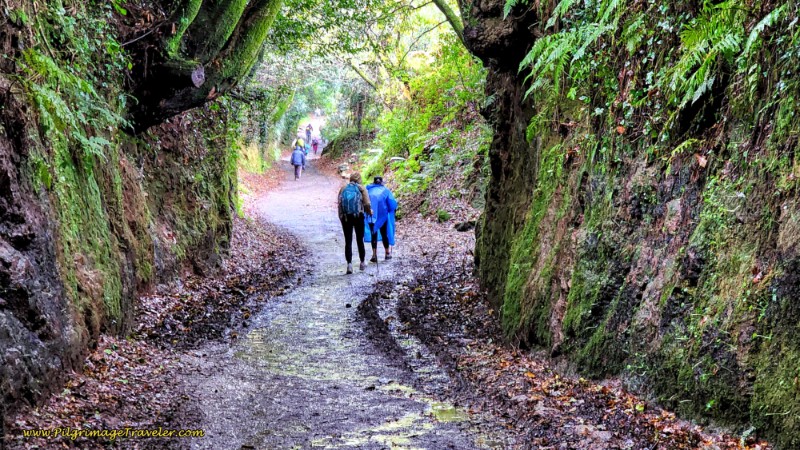
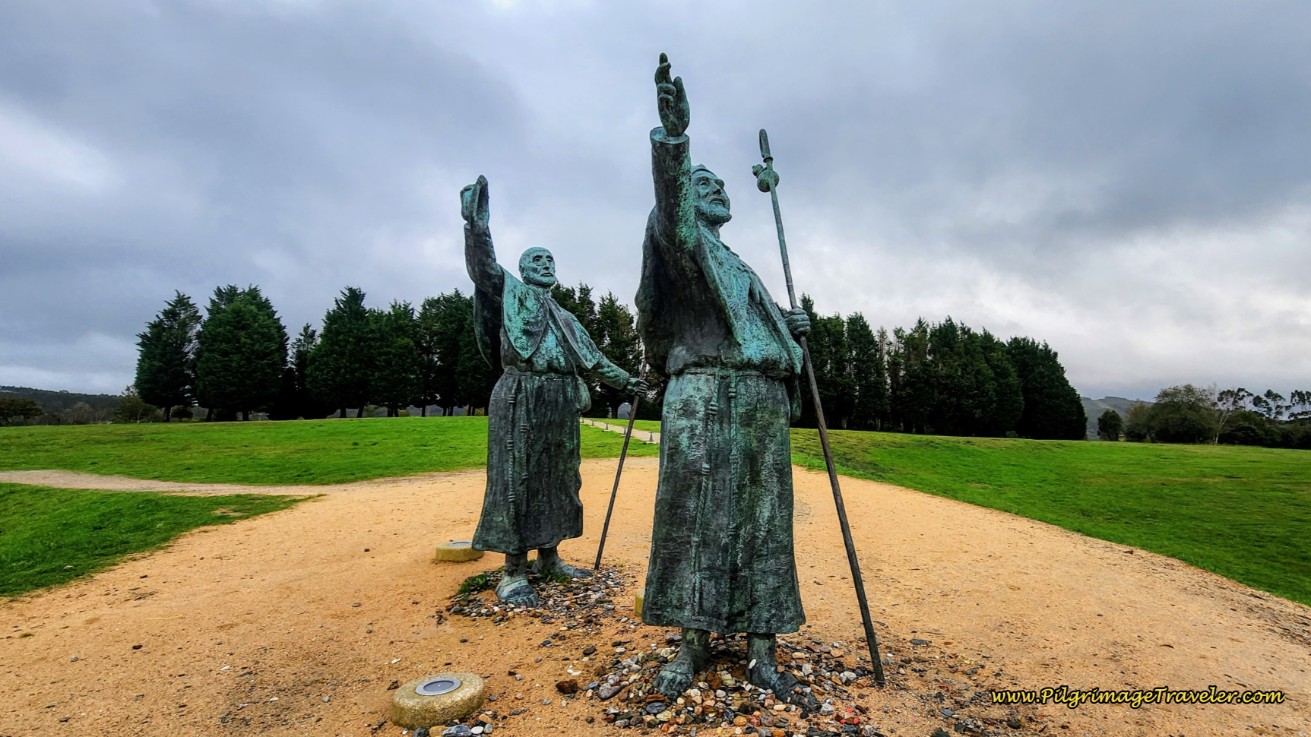
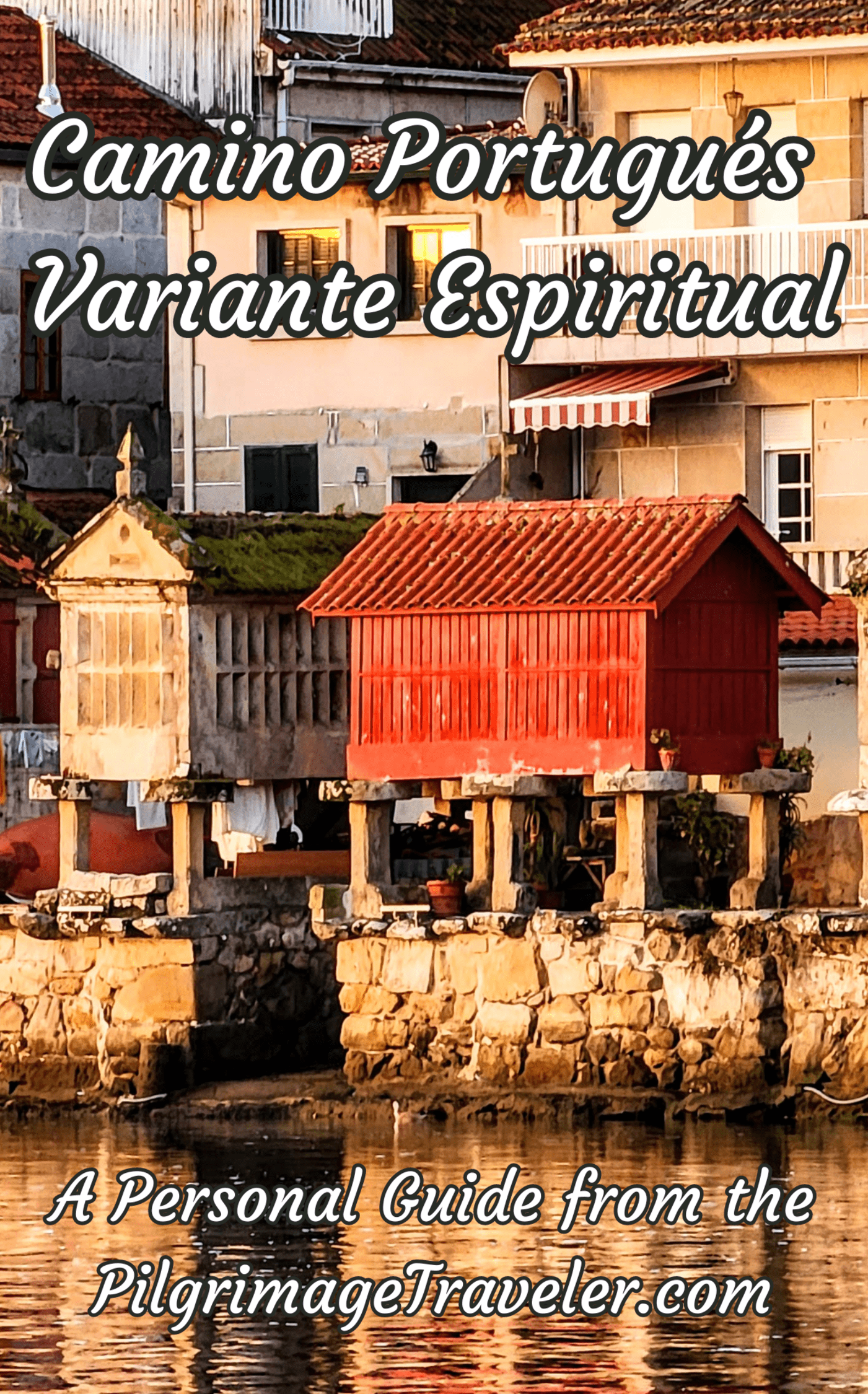

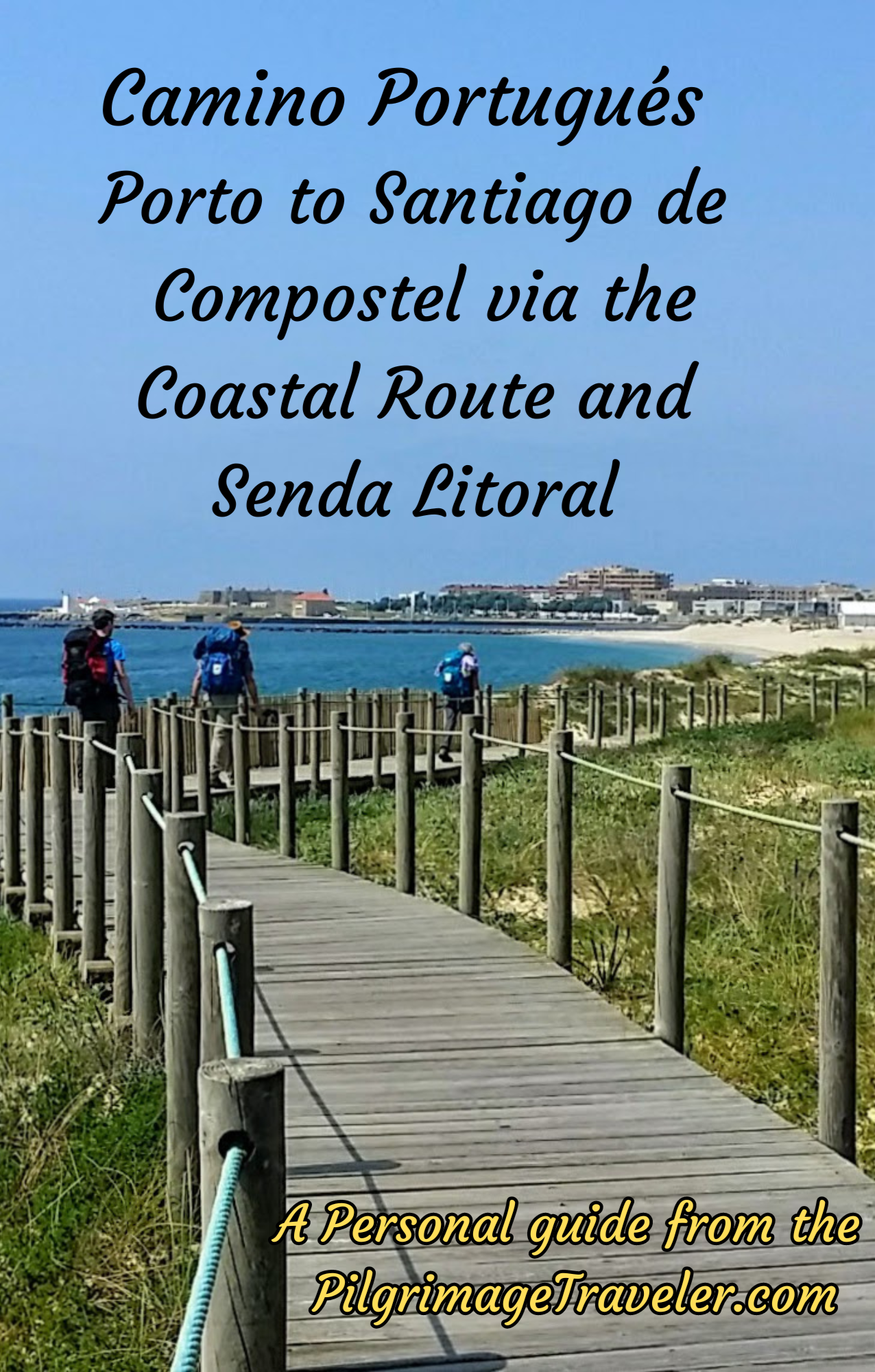
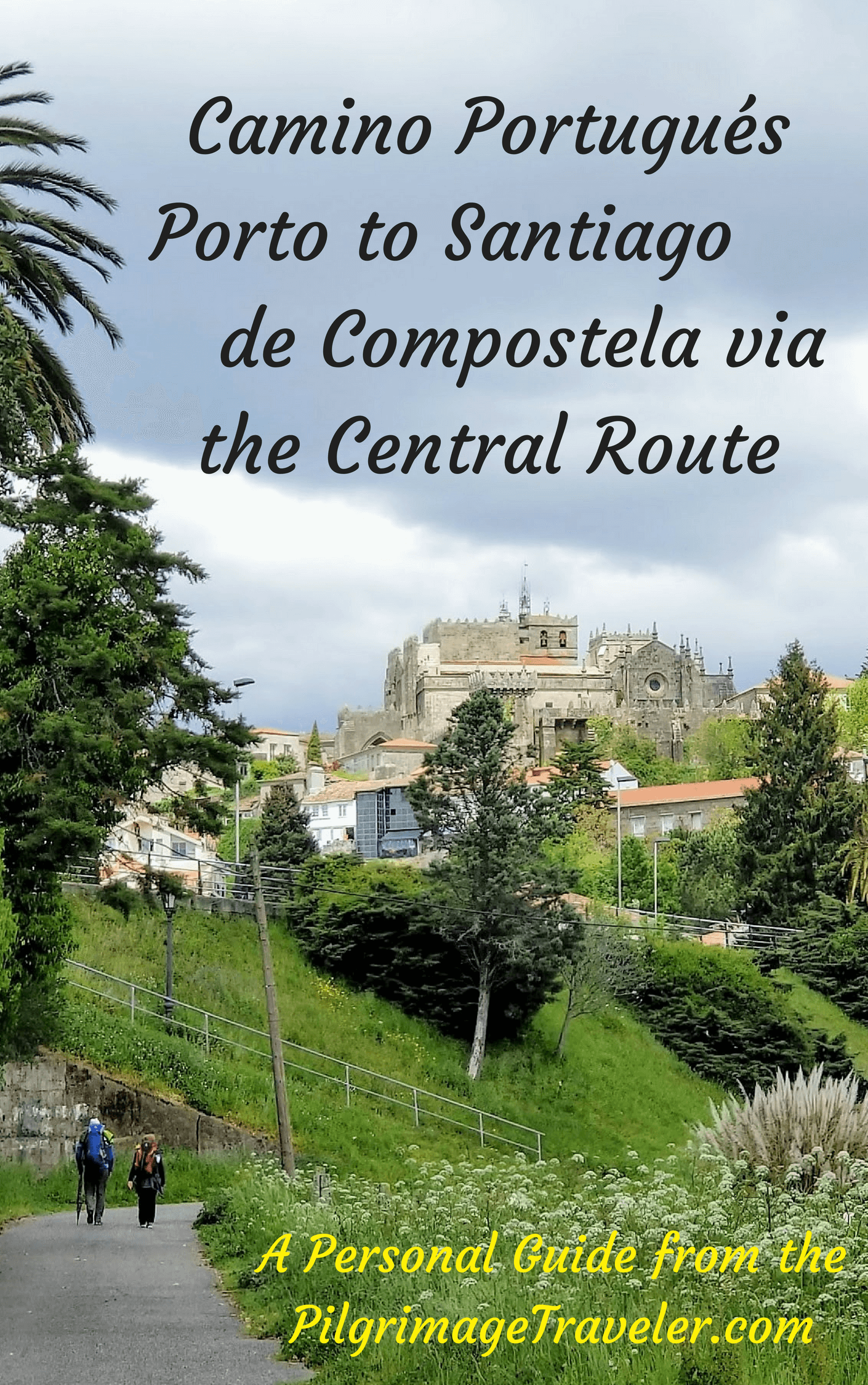
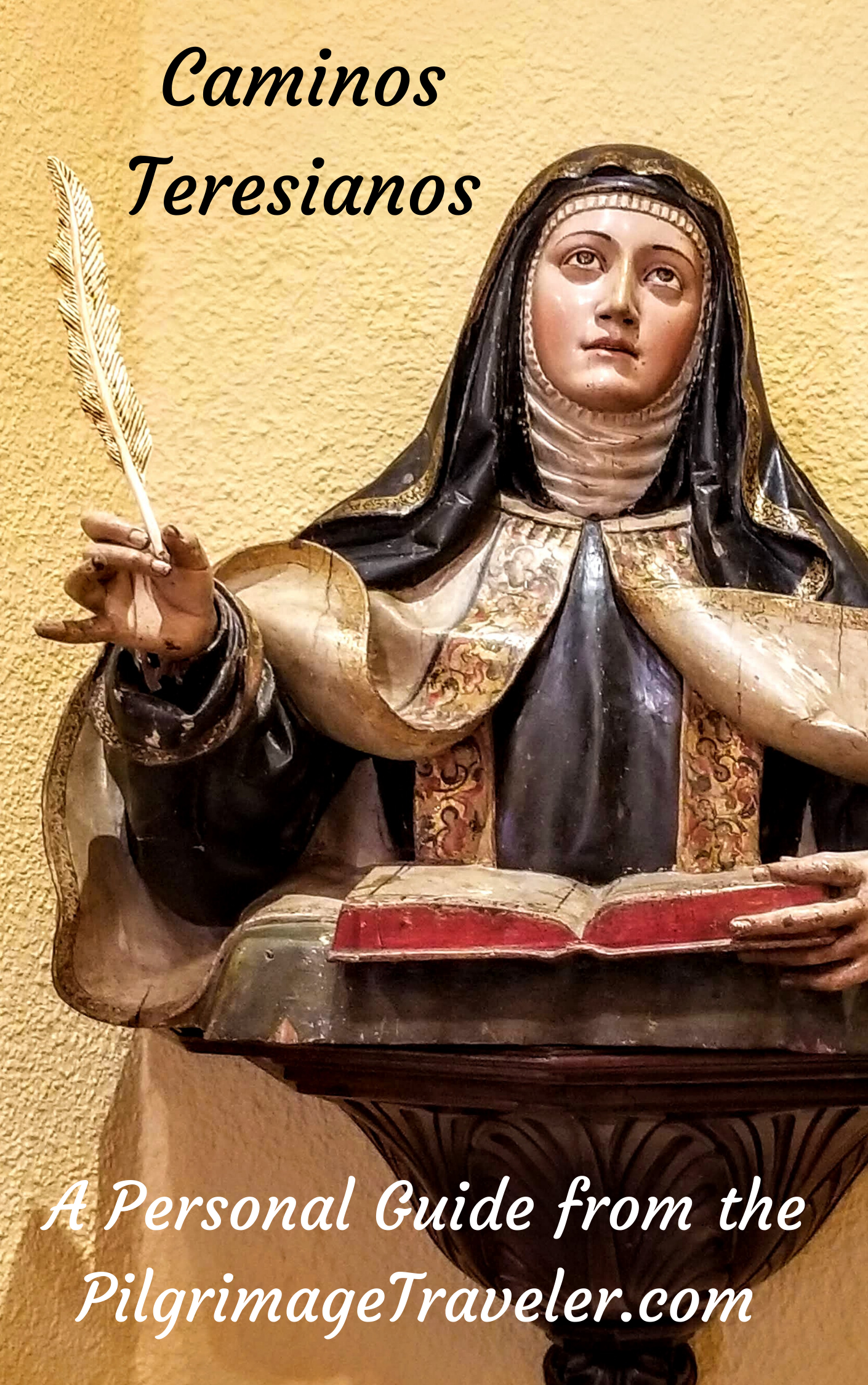
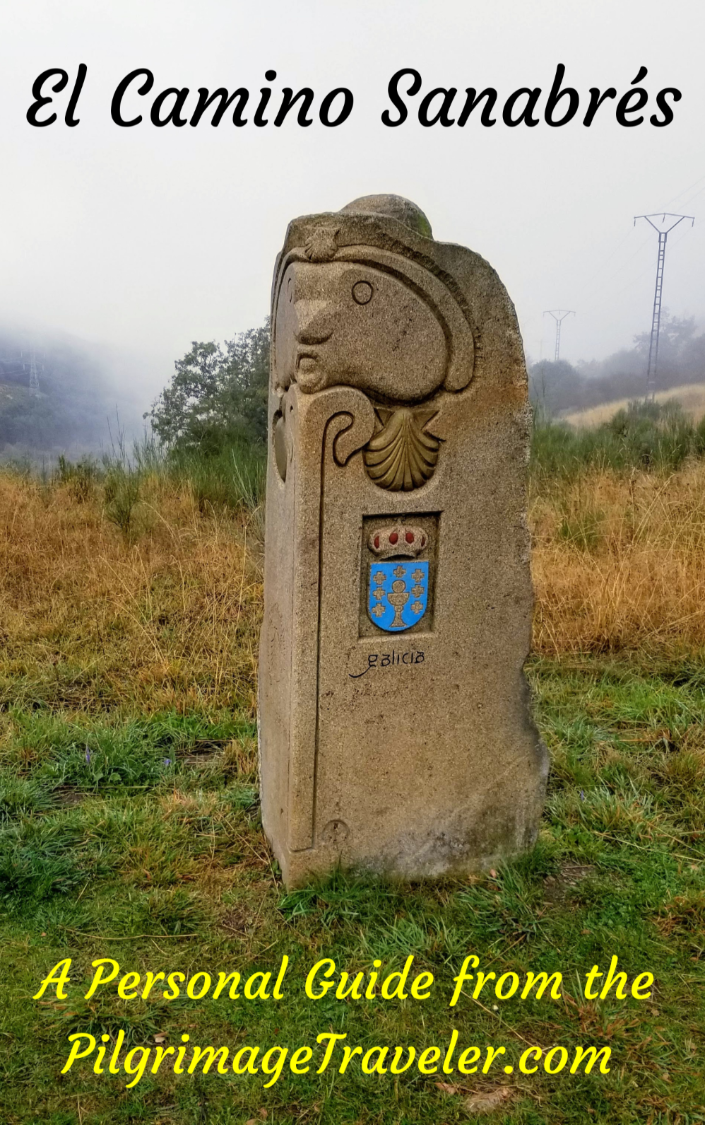
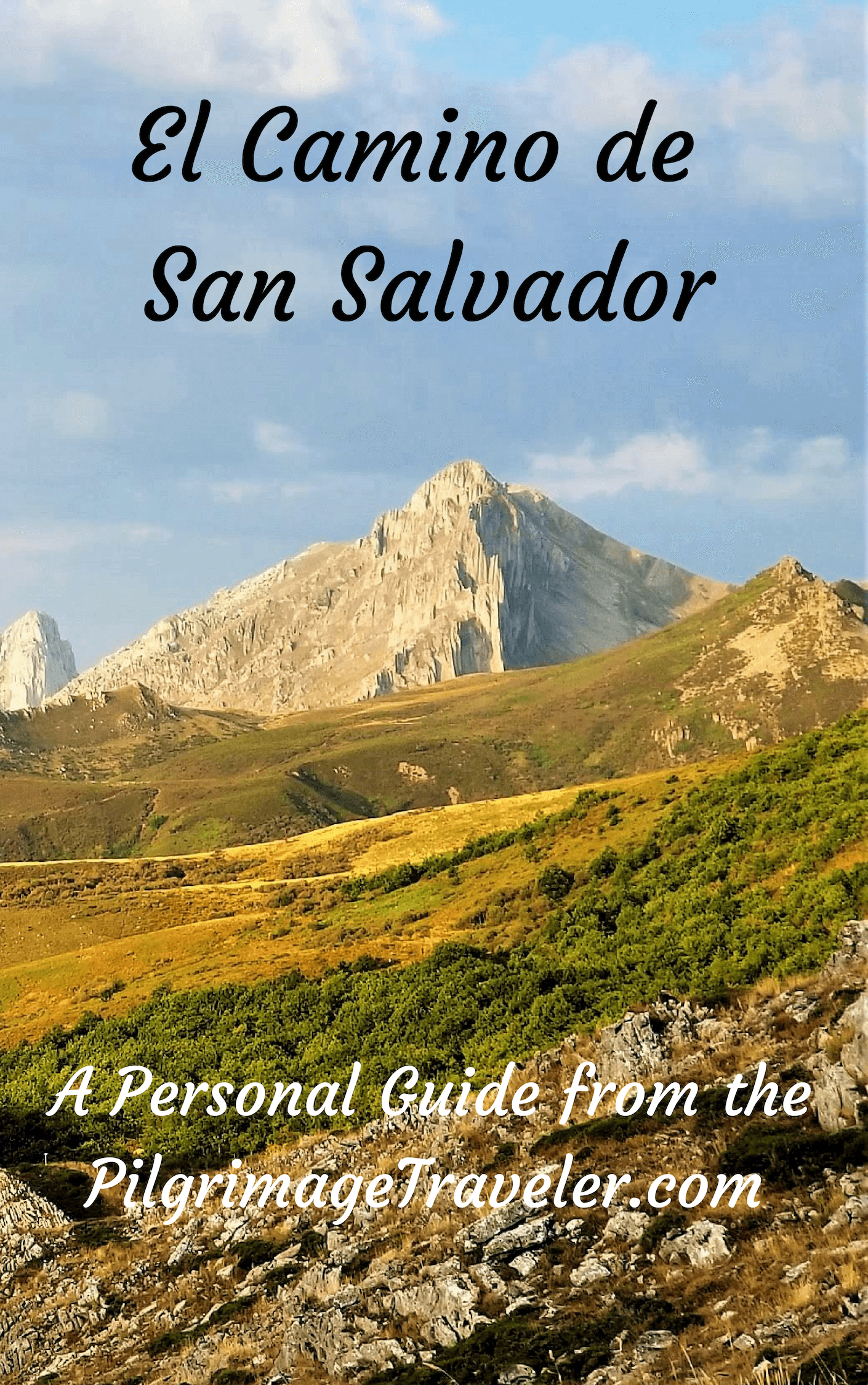
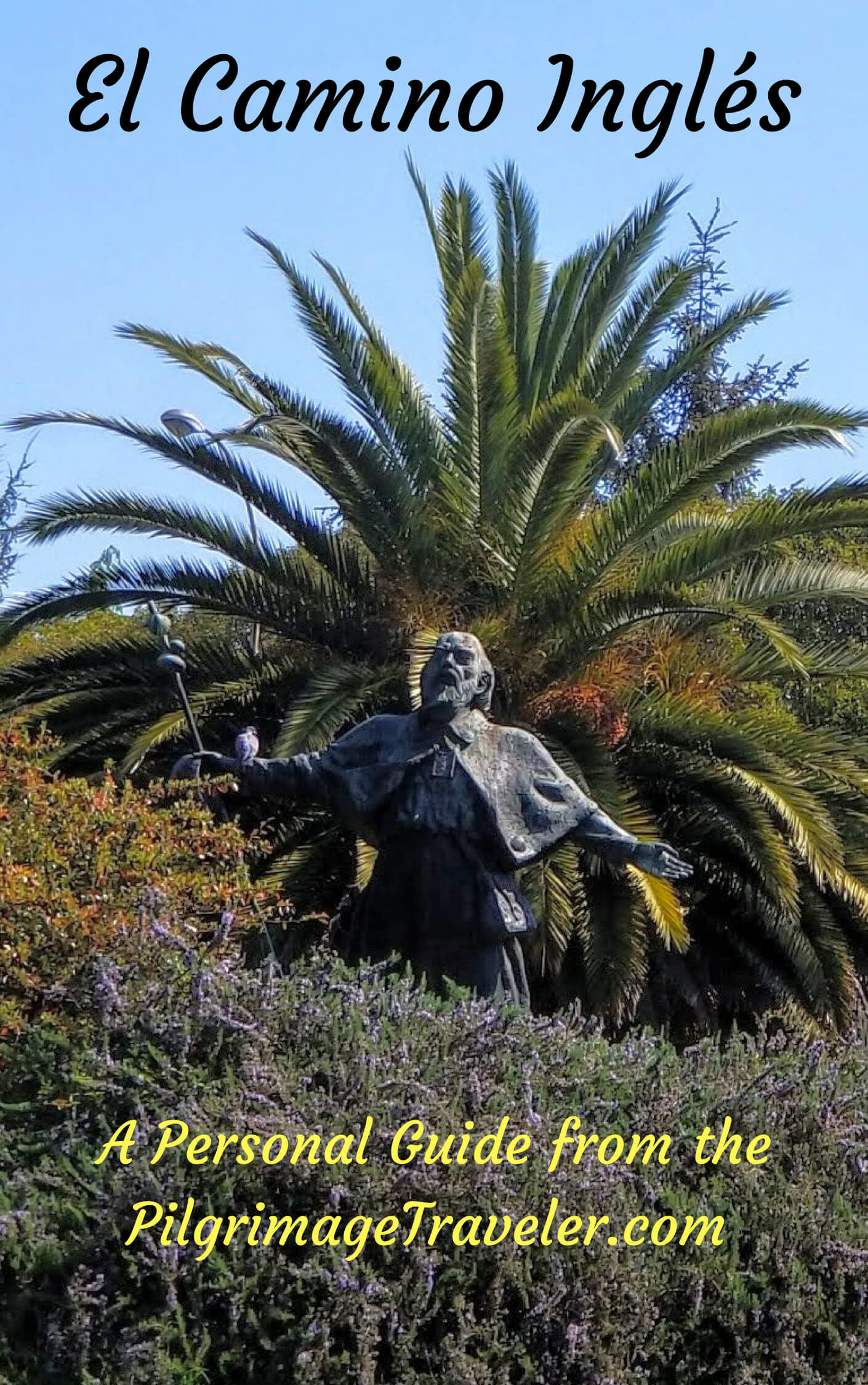
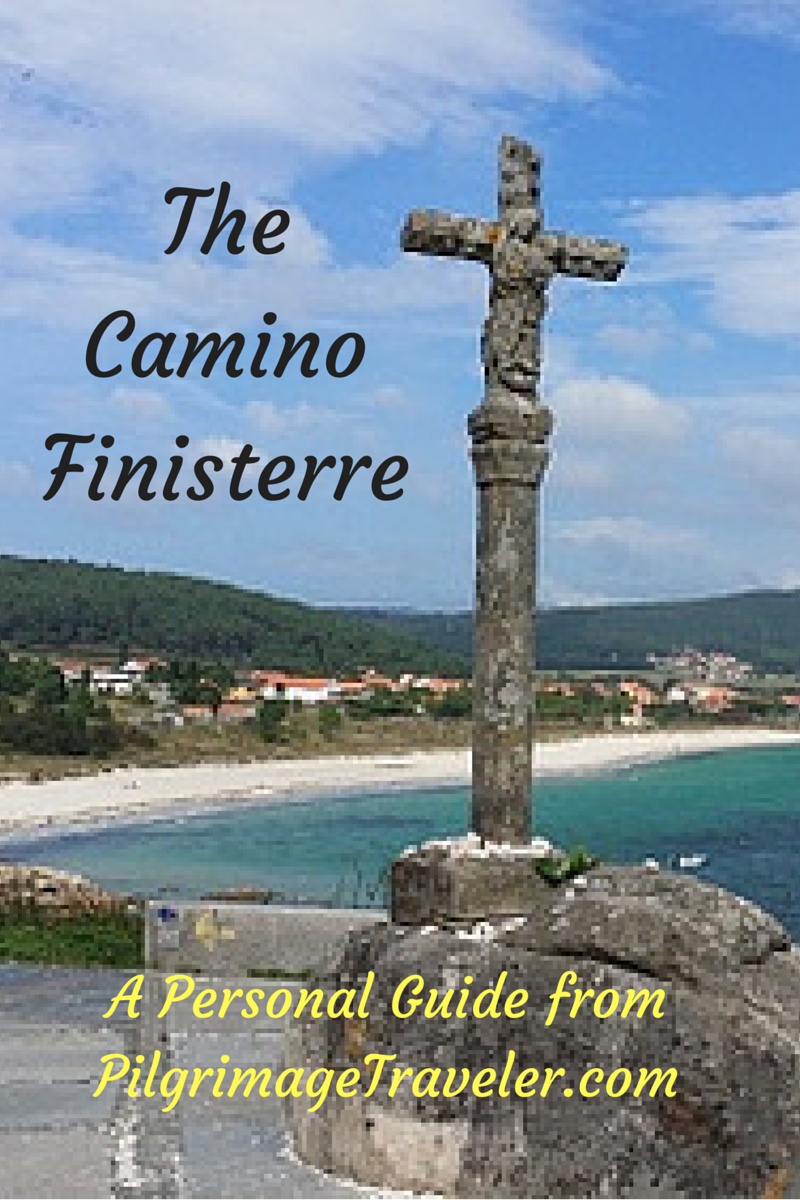
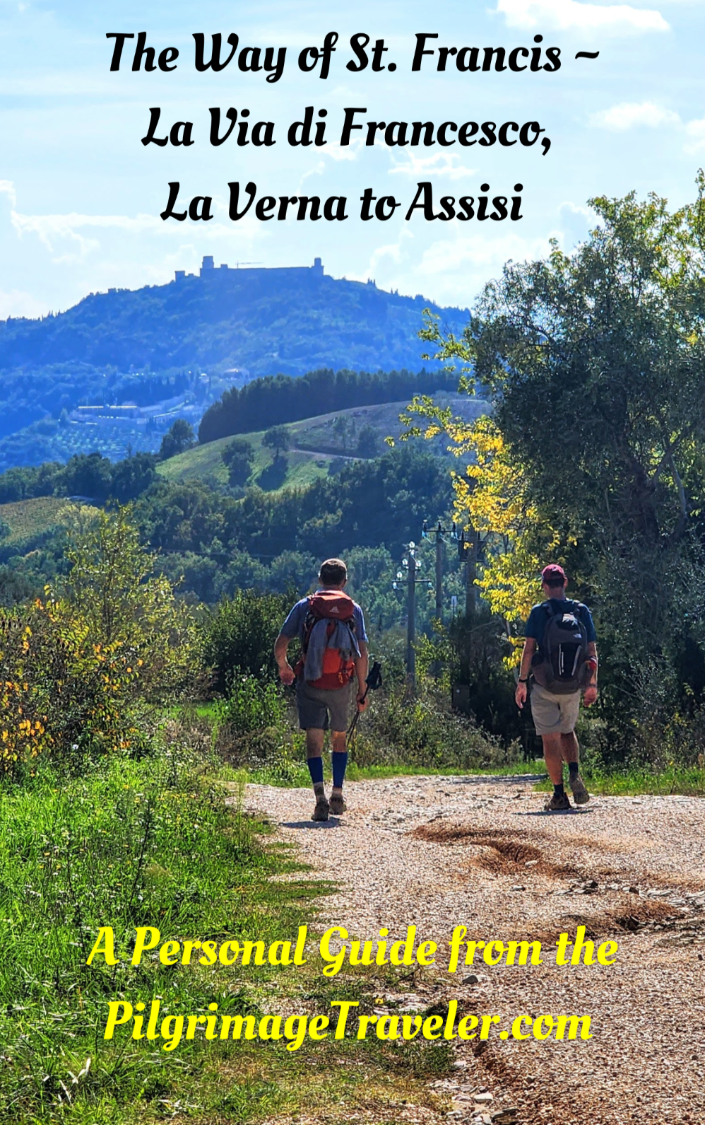
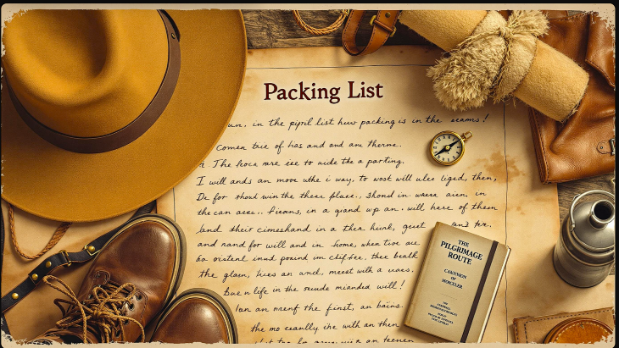
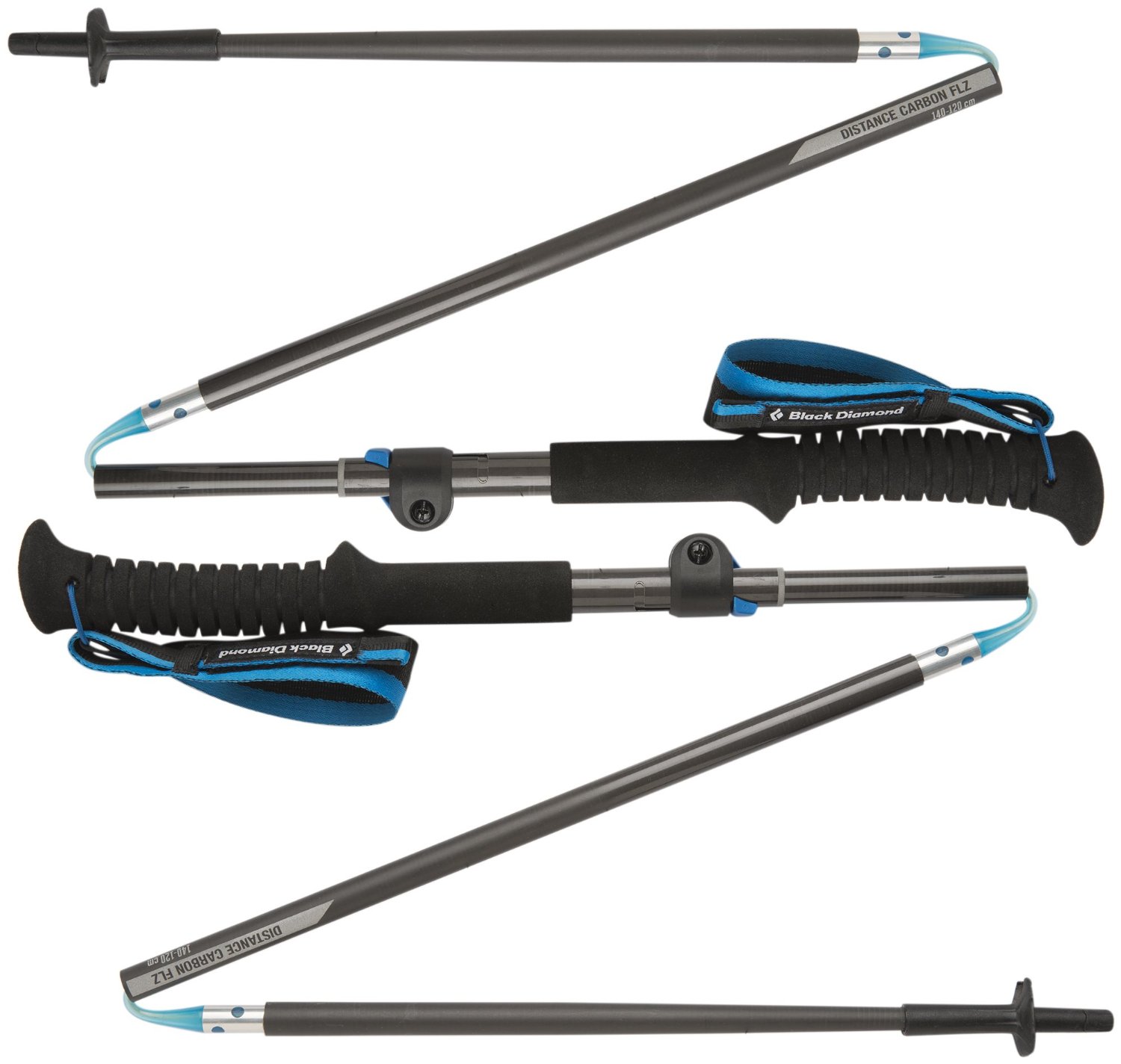
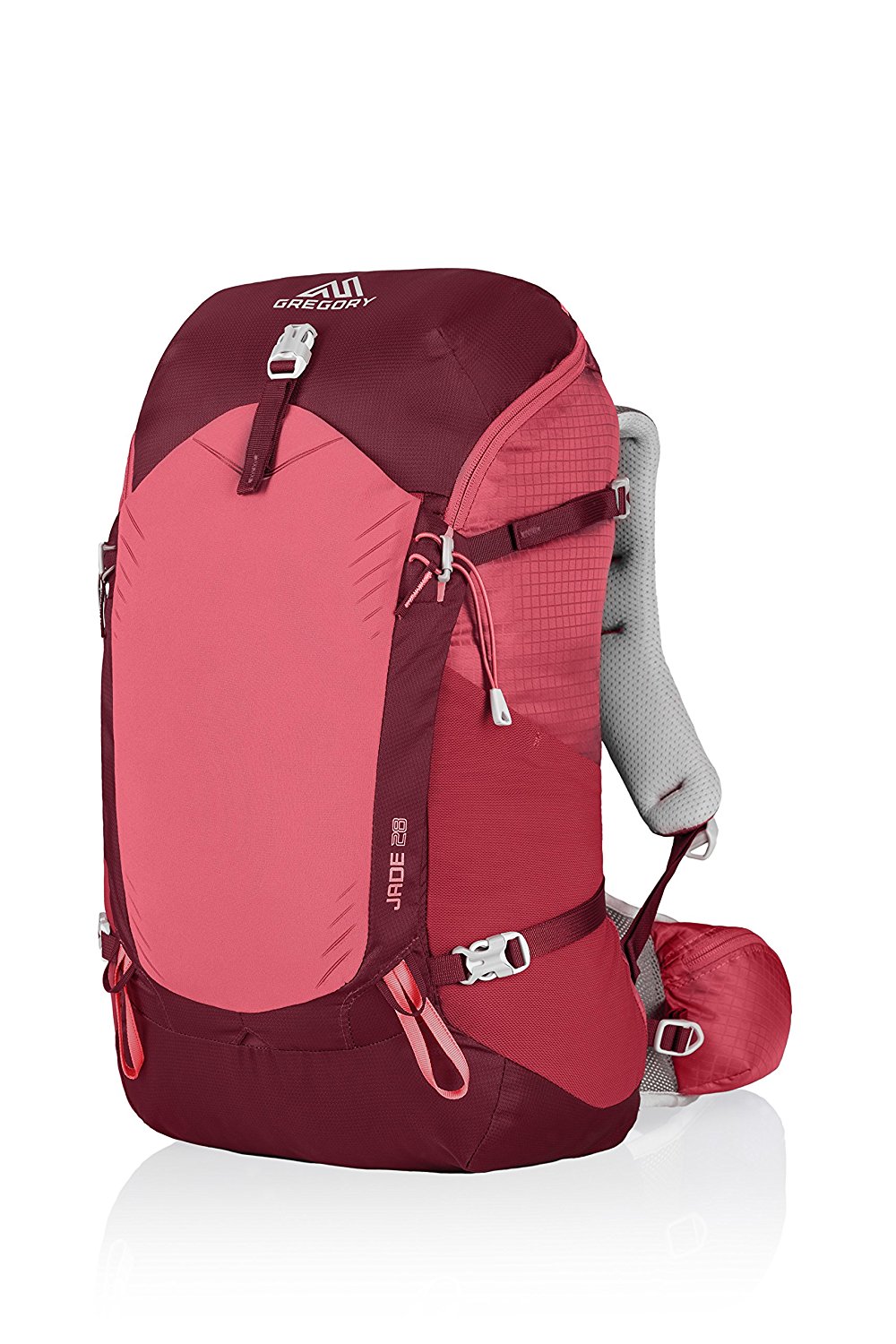
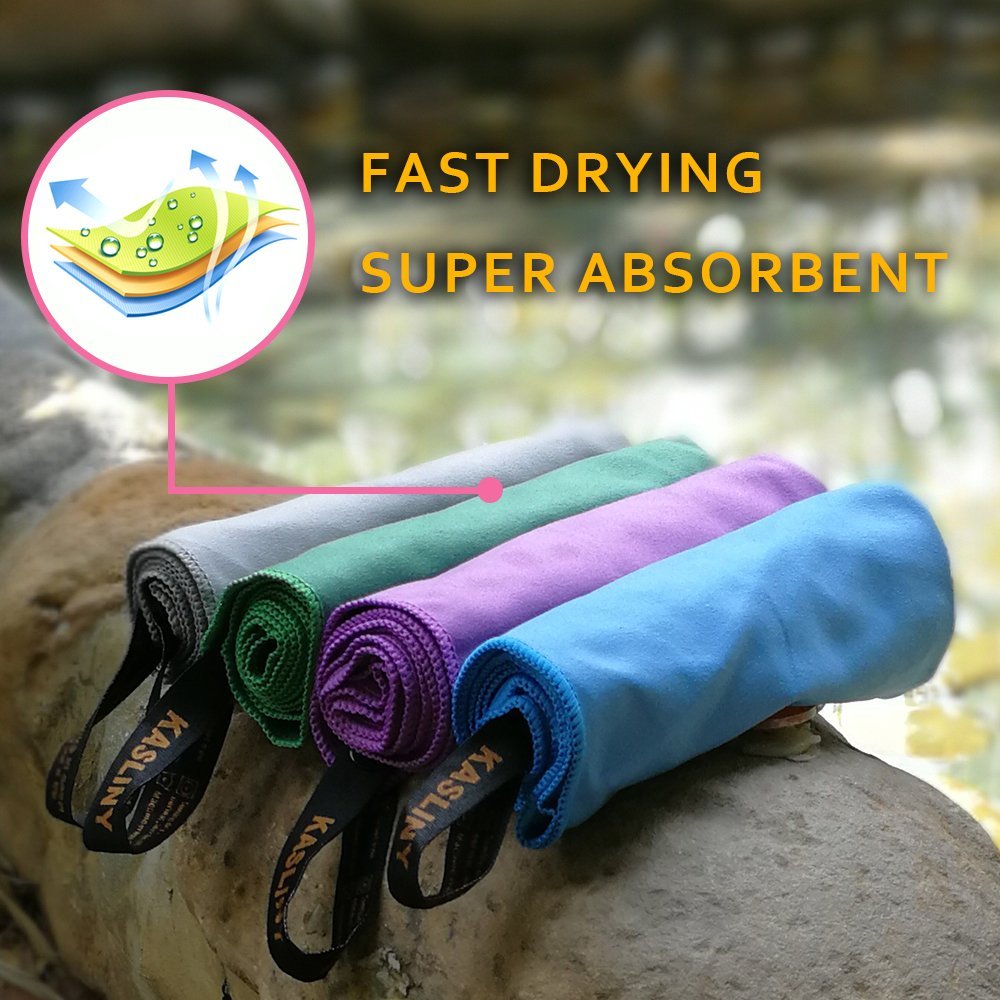
Your Opinion Matters! Comments
Have you had a similar experience, have some advice to give, or have something else you'd like to share? We would love to hear from you! Please leave us a comment in the box below.